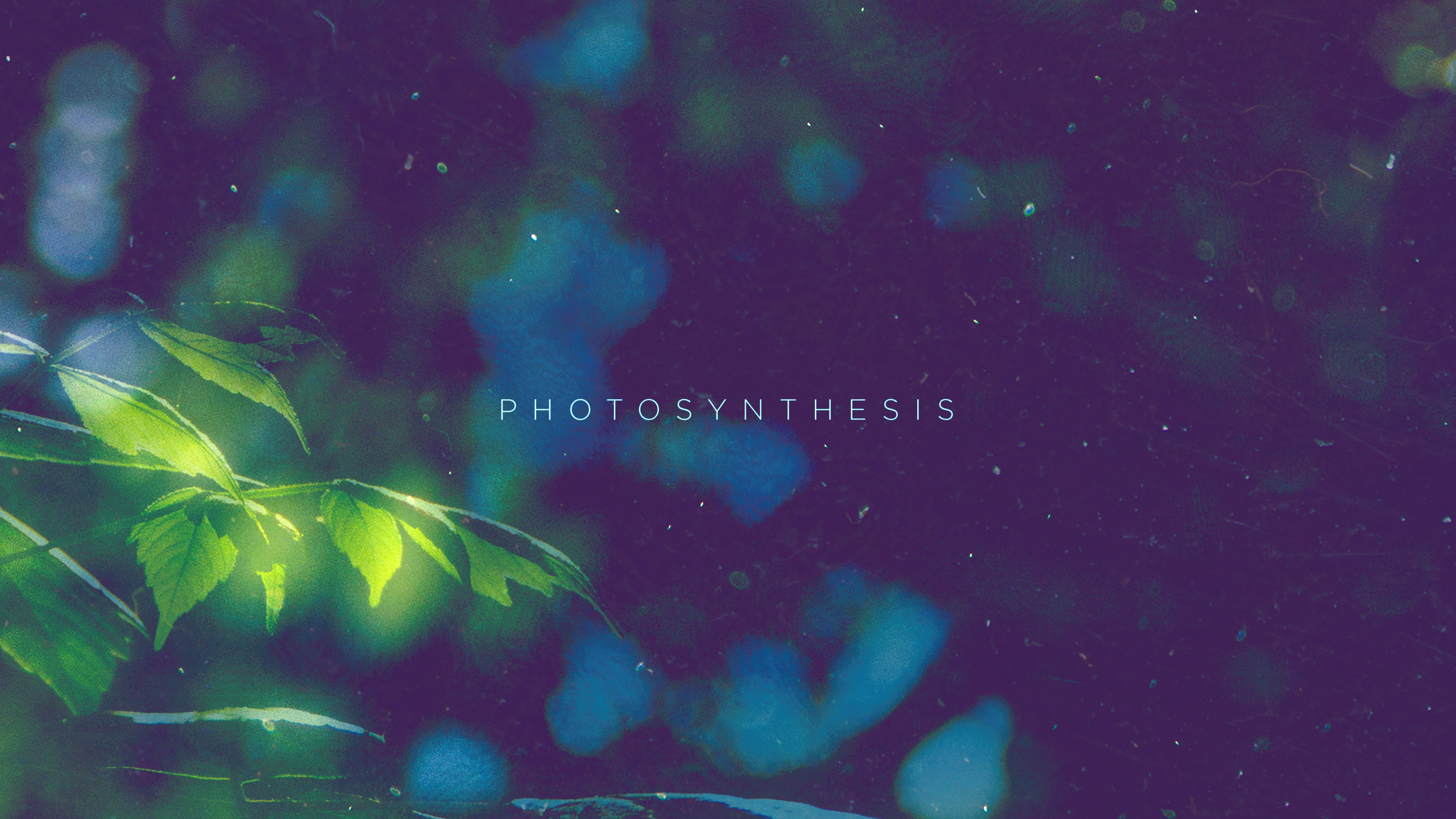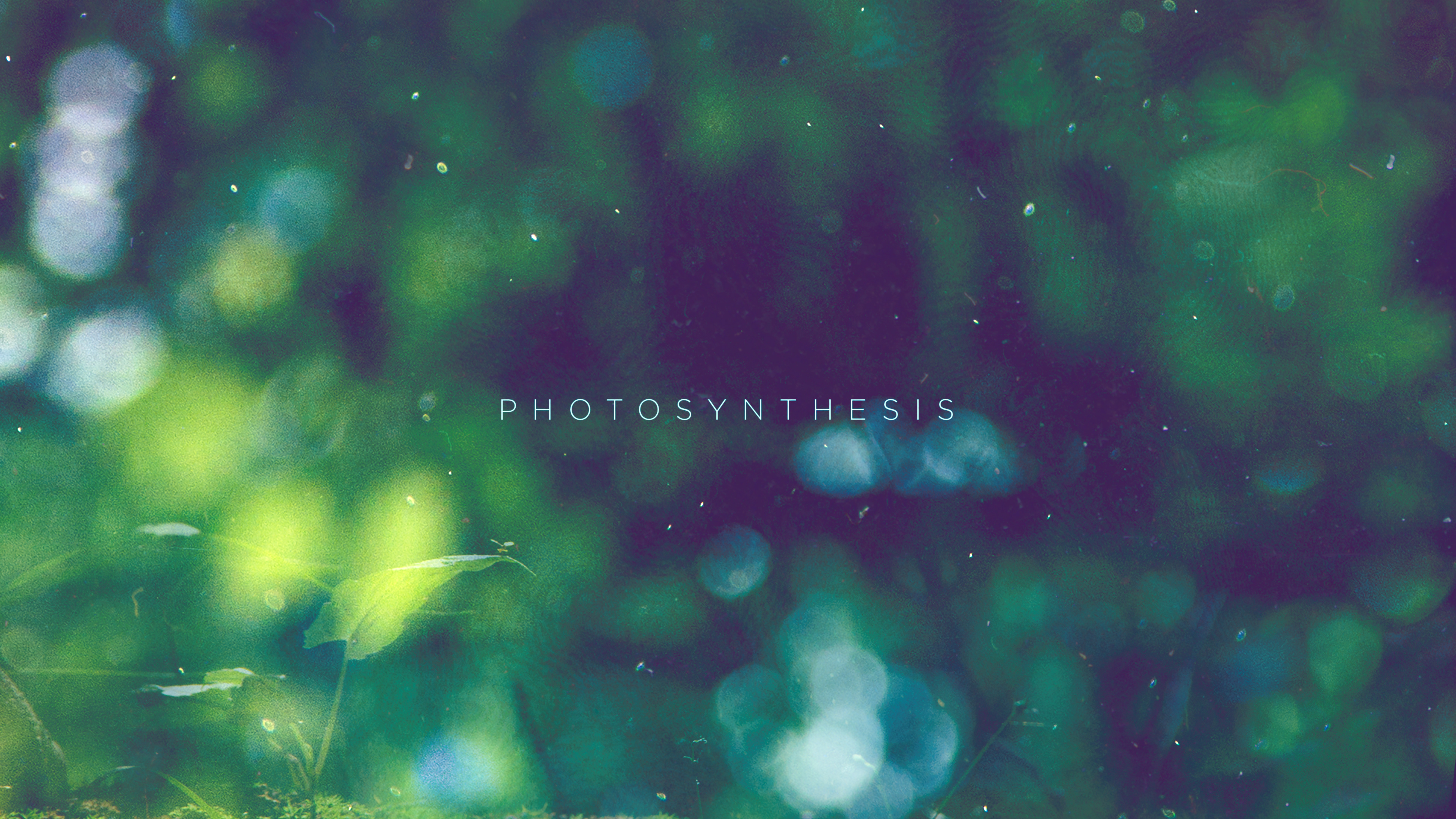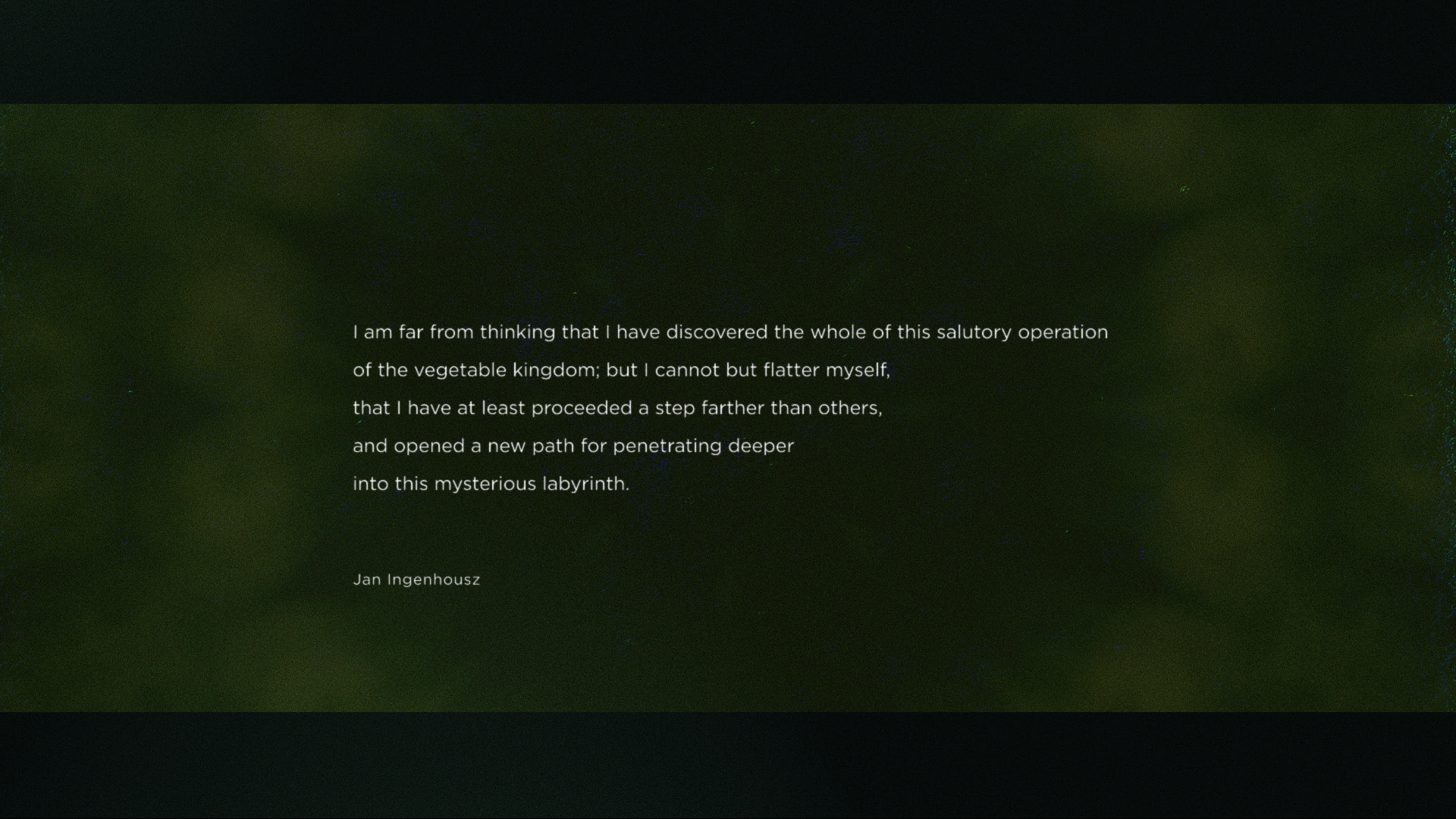The following project is a collaboration between myself and David Goodsell, structural biologist at Scripps Research in San Diego, California.
The goal was to create an animation as scientifically accurate as possible explaining the electron transport chain, a key process in photosynthesis.
David oversaw the science and that I stayed accurate to it along with supplying me with his signature style of unique illustrations for each of the proteins seen in the electron transport chain.
I scripted and voiced the VO myself while storyboarding and animating all the visuals seen in the film in addition to the music.


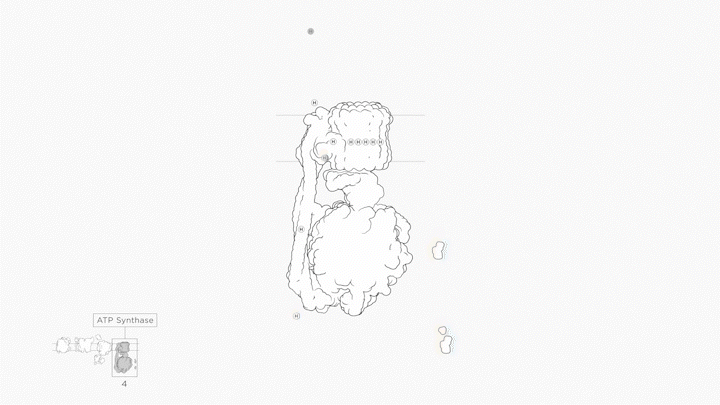

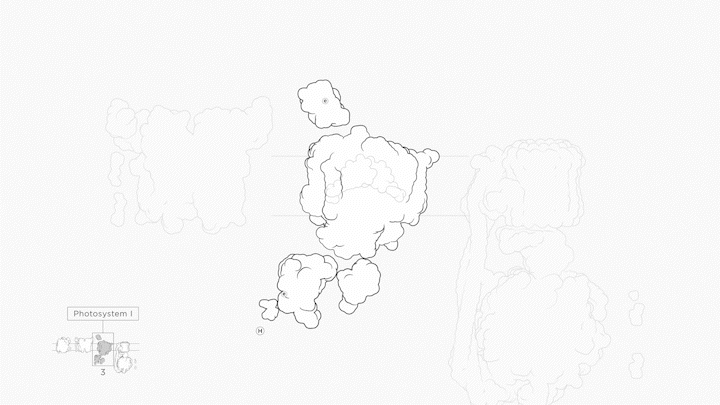

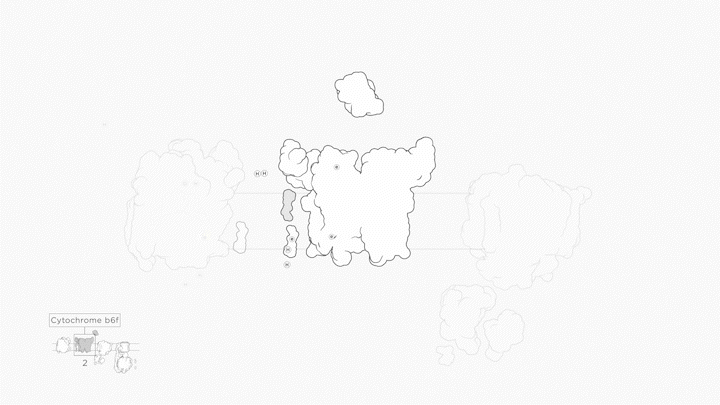



Why I made this piece and how it came to be
I have always greatly admired science and its role as a means to help improve the world we live in. After creating a film about polyethylene, the world's most consumed plastic, I became very interested in creating more science-based animation. Many of my peers in the industry don’t typically focus on creating these types of films and I found that this presented a unique opportunity for me to explore in addition to the work I do for the advertising and film industries.
After hearing David Goodsell’s name in a TED talk about medical animation, I reached out to him as a long shot hoping that we might one day partner on a project together. To my surprise and luck, David responded, and asked if I would be interested in working on a video about the electron transport chain, a critical process in photosynthesis.
David oversaw the science and supplied me with his signature style of unique illustrations for each of the 4 main proteins seen in the electron transport chain.
I was responsible for the design and animation of the entire project. I used Photoshop and Illustrator for storyboarding and once things moved into production, I used Cinema 4D and Octane to create the 3D shots seen at the beginning and end of the film. For the main content of the electron transport chain, I used After Effects to animate. Once all the animations were compiled together in After Effects, I used Da Vinci for any final editing, color correcting, and laying in the music. I produced the music and voice-over with Cubase.
After I finished animating the electron transport chain, I thought the piece would be significantly elevated if I could give historical context and have a back story about who discovered it. As much as I would like to have featured all the persons who played a role in its discovery, due to time limitations, I decided to focus on Jan Ingenhousz. My goal was to keep the viewer's interest by using a cinematic approach along with the scientific information which serves as the bulk of the video.
I began storyboarding a title sequence for the intro to the piece along with scripting a voice-over discussing Jan Ingenhousz’s role in the discovery of photosynthesis. I initially laid down a temporary voice-over and David recommended that I should consider doing the final VO myself, and so I did. As I made my way through the animation, I would share a review link through Frame IO with David, and he would make note of any scientific errors or suggestions for how to better show the information. Over the course of a number of months, (which turned into years due to having to take jobs to keep the lights on) I chipped away at the piece never forgetting how important my original inspiration was to the project.
I believe there is an optimal cornerstone where education and art meet, a place where the viewer, listener, or reader can receive the most from the time they spend learning while being encouraged and inspired by the designs they see and hear. Making educational films more interesting through the use of well-designed visuals was a primary source of inspiration for me while creating this piece. Most often educational materials fail to compete with the flashy visual and audible creations coming from Hollywood movies and streaming tv shows. It is my hope that this piece and others featured on this website will serve as a bridge to blend art and education in such a manner as to make what was once boring now exciting.
While reading through some of Jan Ingenhousz’s 1779 book Experiments upon Vegetables, I came across a quote that I believe captures the shared process which allows people to learn about science and the world around them:
“I am far from thinking that I have discovered the whole of this salutary operation of the vegetable kingdom; but I cannot but flatter myself, that I have at least proceeded a step farther than others, and opened a new path for penetrating deeper into this mysterious labyrinth.”
-Jan Ingenhousz
I hope this video and Jan’s story have in some way inspired you to continue to grow, learn, and challenge yourself in the pursuit of something meaningful and beneficial to the communities you find yourself in.
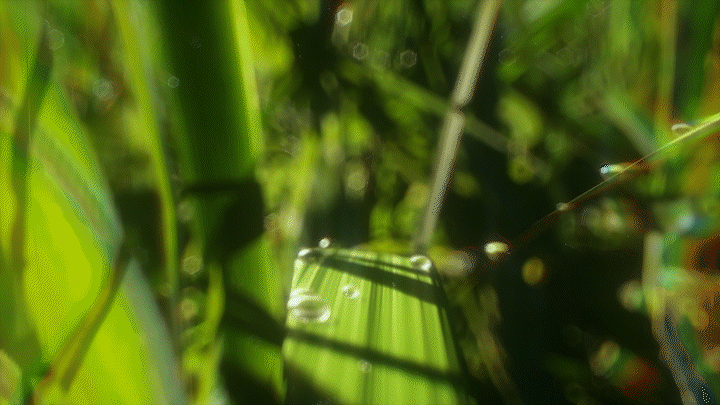
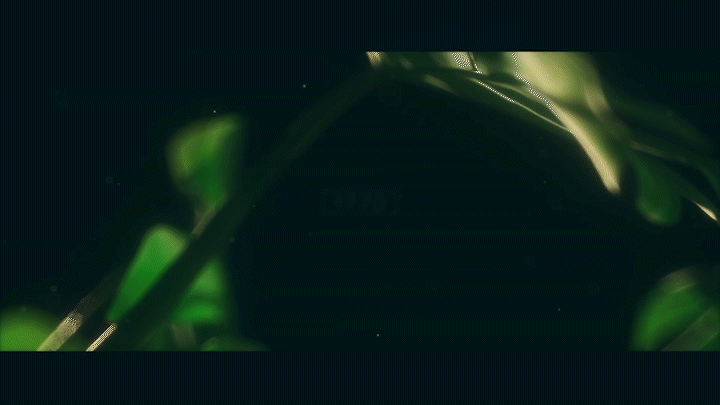
"In 1779, just a few years after his colleague, Joseph Priestley had discovered oxygen and noticed the creation and absorption of gases by plants, Jan Ingenhousz while working in the same laboratory, placed plants underwater and using a transparent container, he noticed the leaves made bubbles when sunlight from a nearby window shined on them. When placed in darkness however, he noted that the plants mysteriously no longer seemed to emit the unknown gas. Holding a lit candle and exposing it to the unknown gas he had previously collected, he watched in amazement as the candle would burst into a flame.
Ingenhousz would go on to make one of the greatest discoveries in all of science: that every plant, every leaf, and even a single blade of grass possess the same incredible power. The power to produce the life-force behind every living organism on Earth: oxygen.
Though some other scientists would later attempt to claim the discovery for themselves and Ingenhousz’ work would not be recognized in his lifetime, it would be over another 100 years until the term referring to one of the greatest discoveries in science became known as photosynthesis."
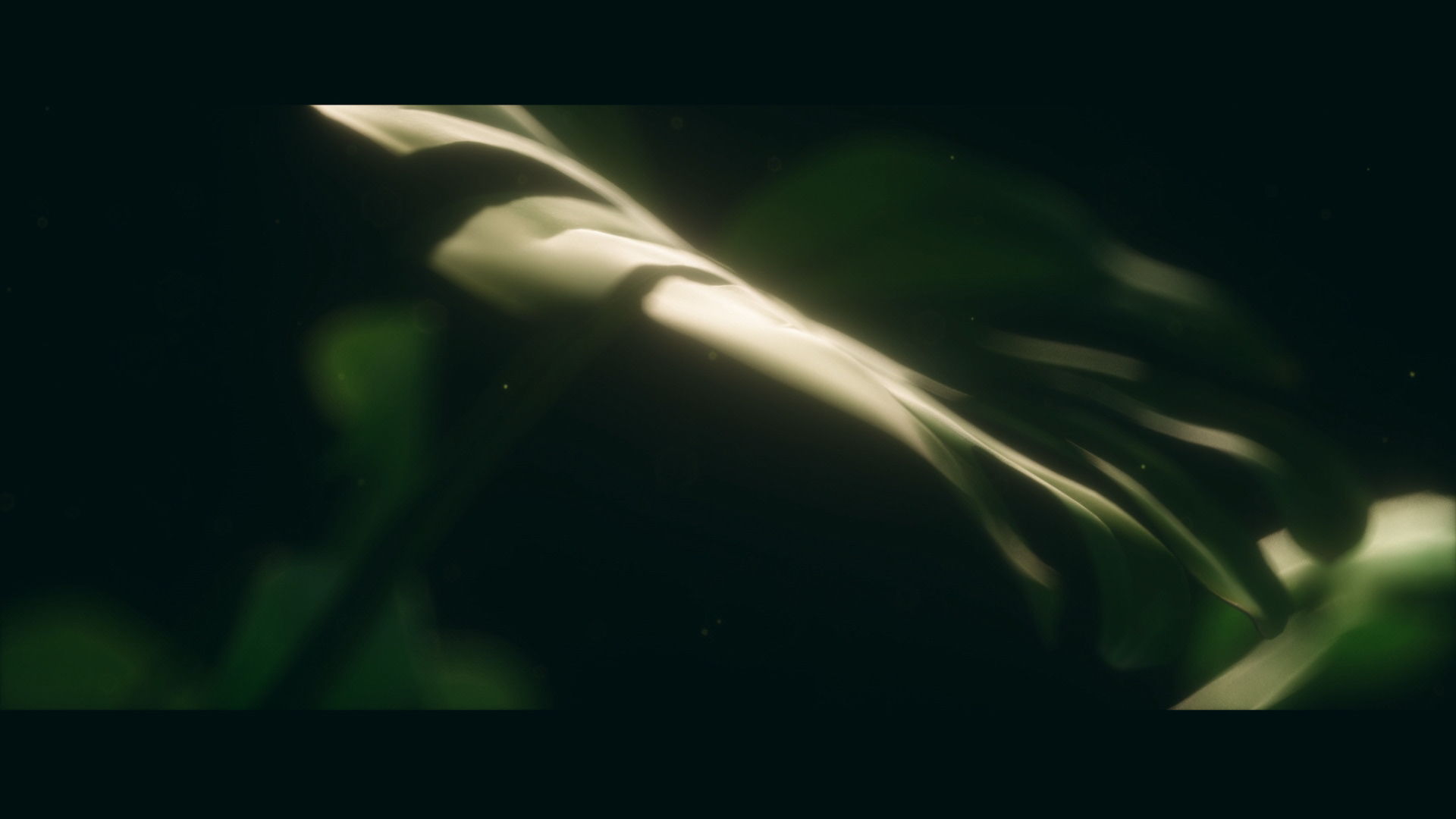
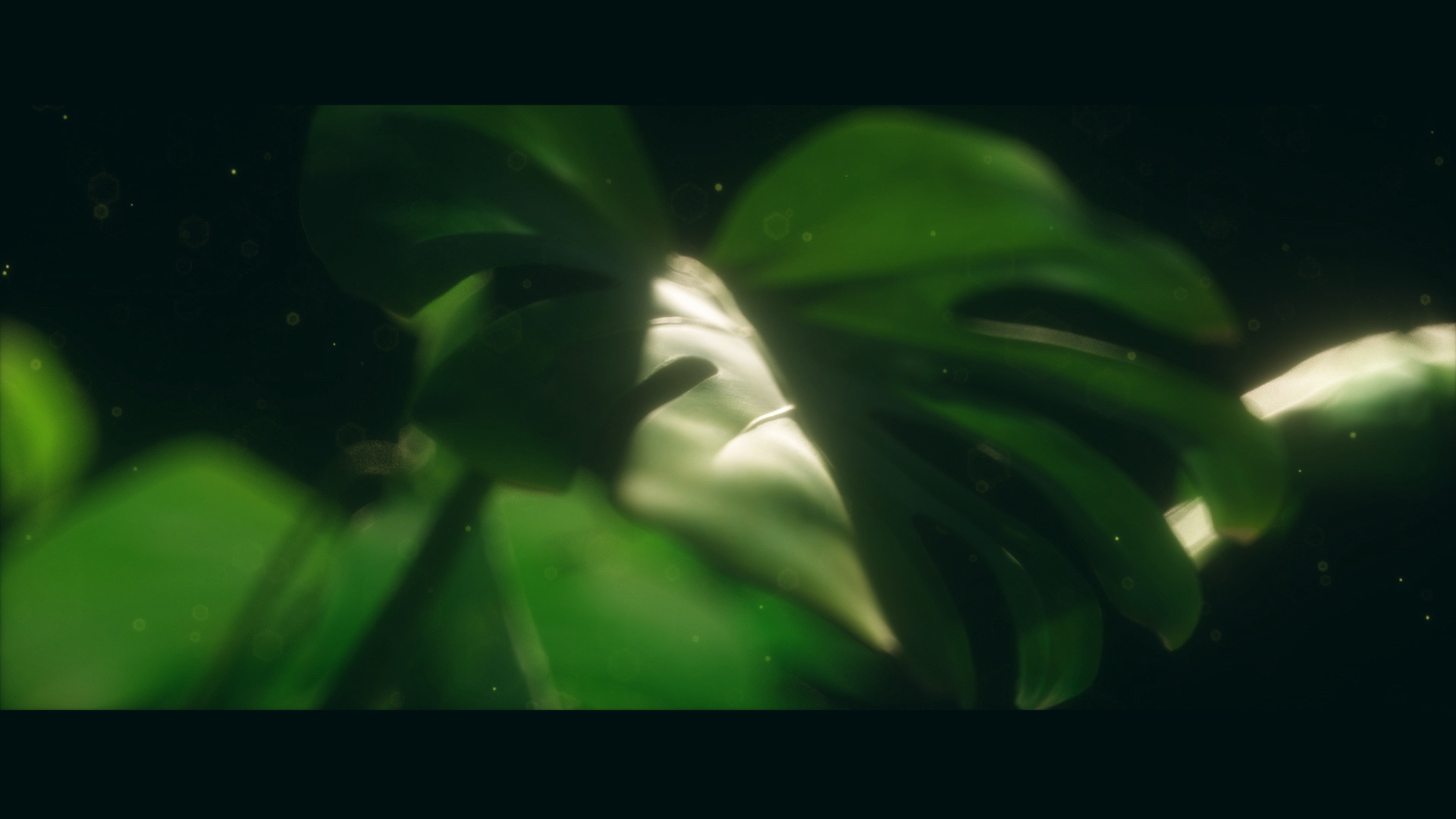
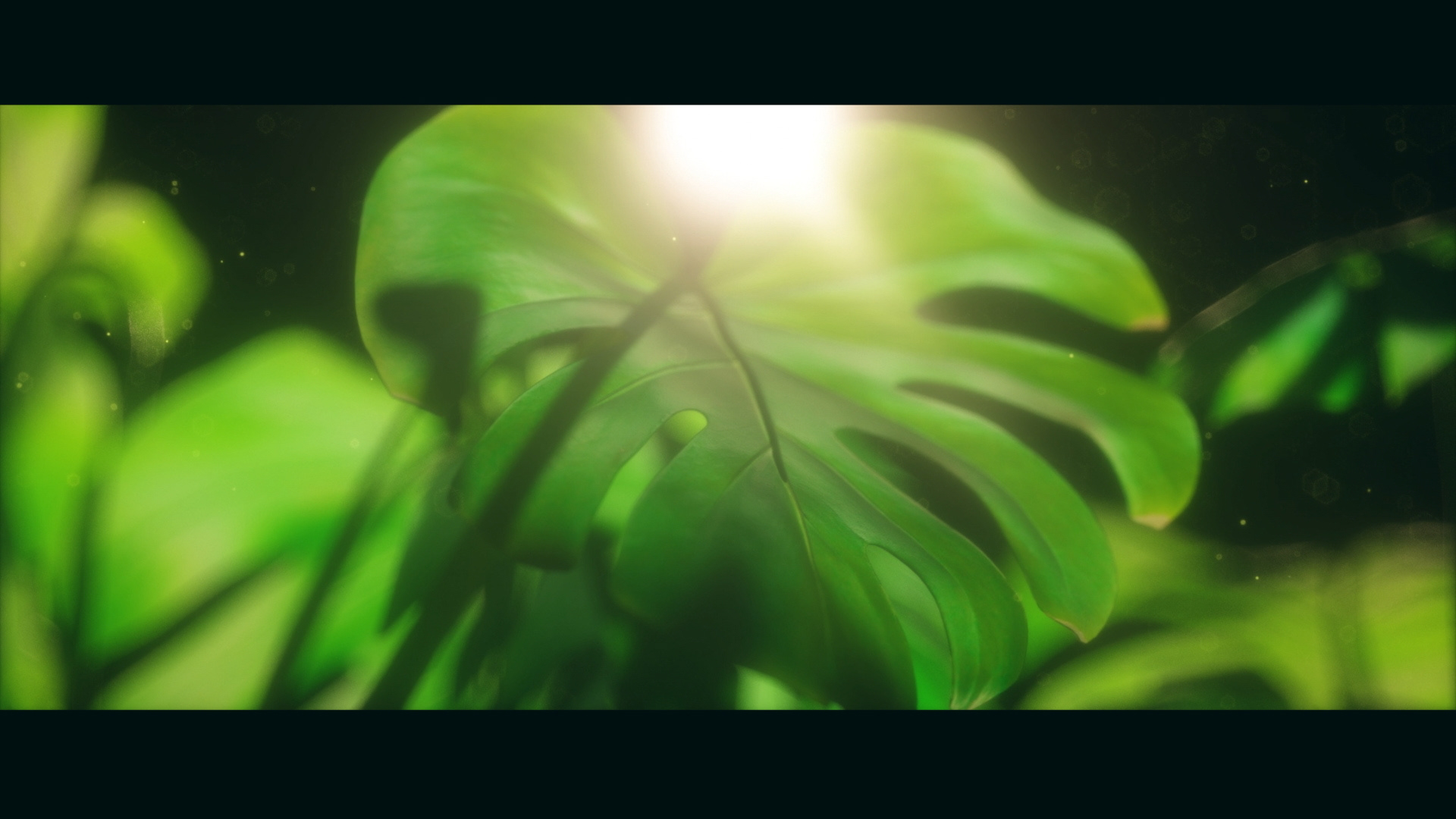


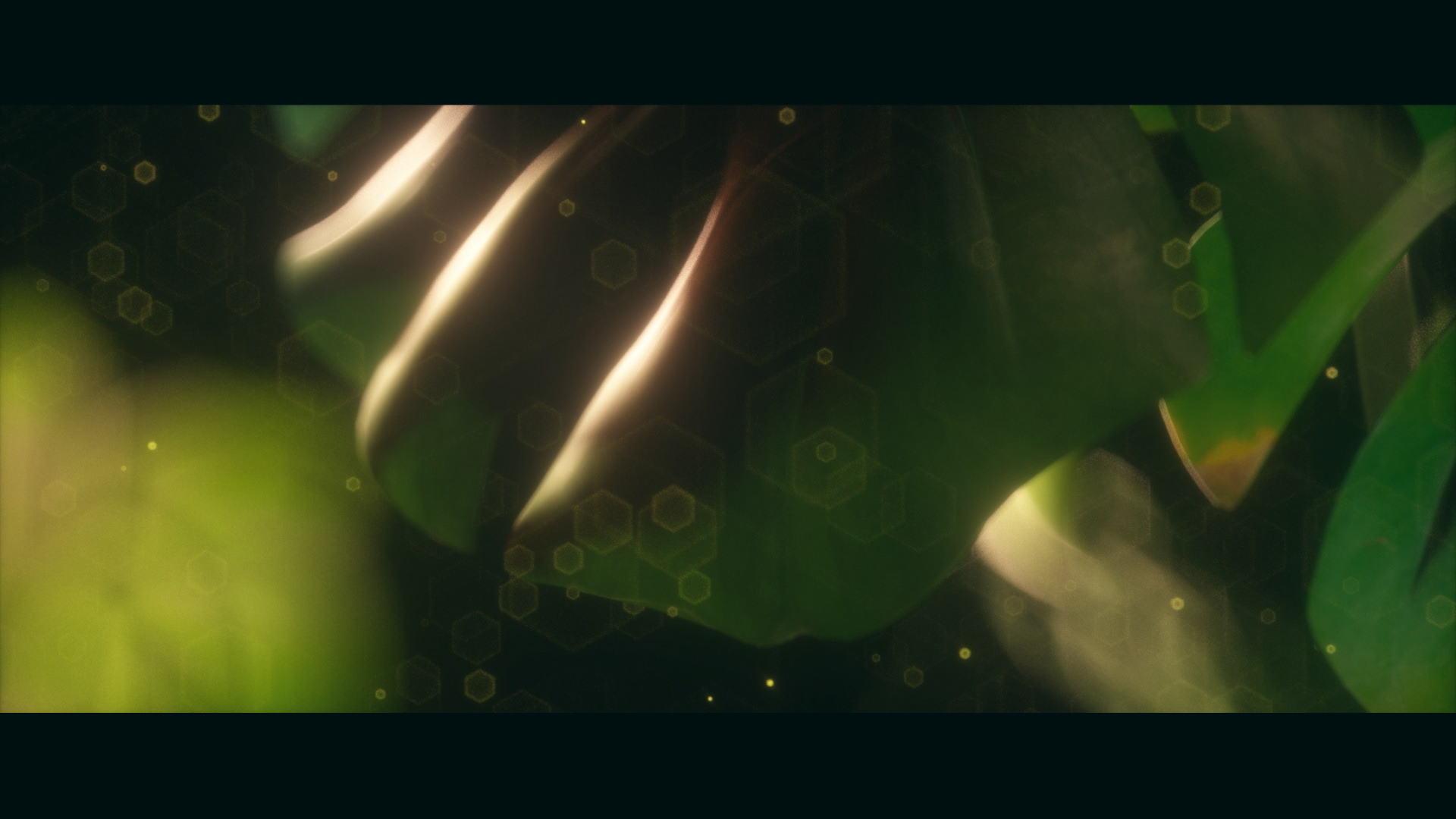
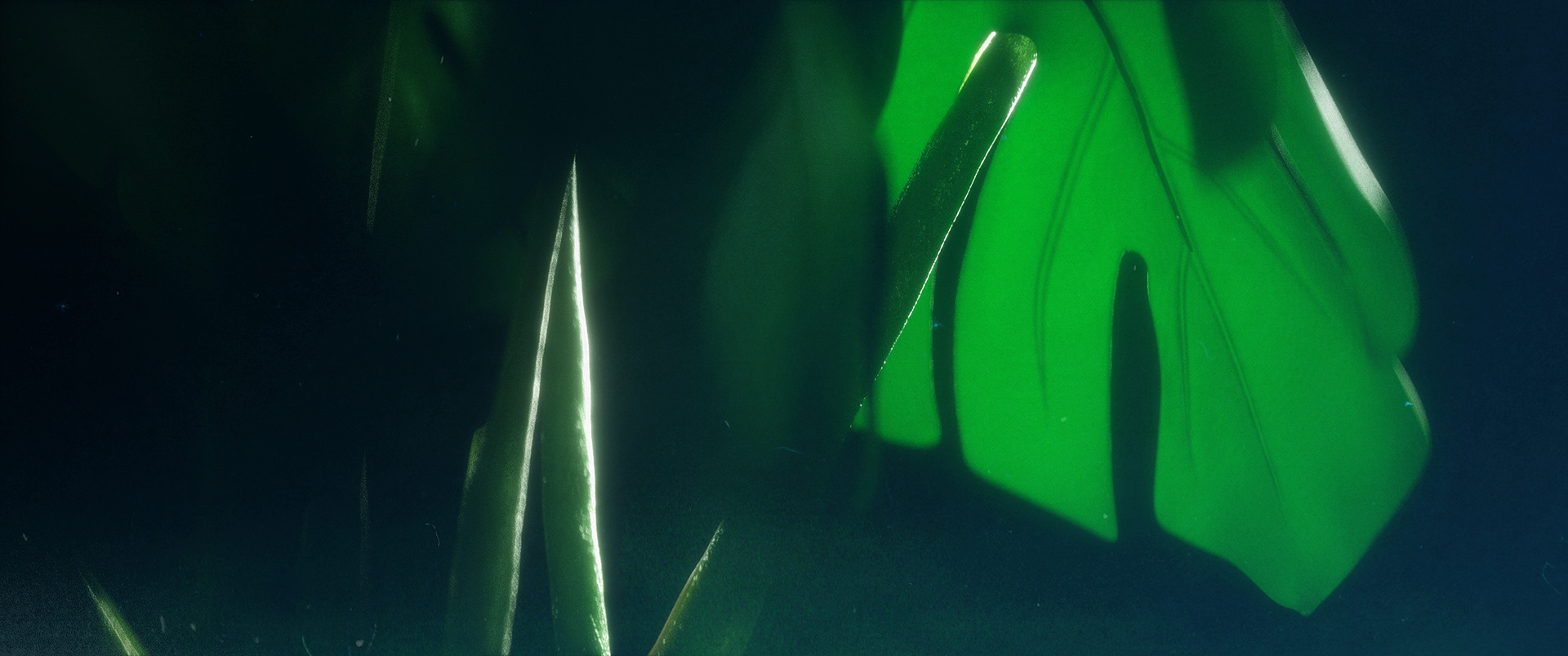
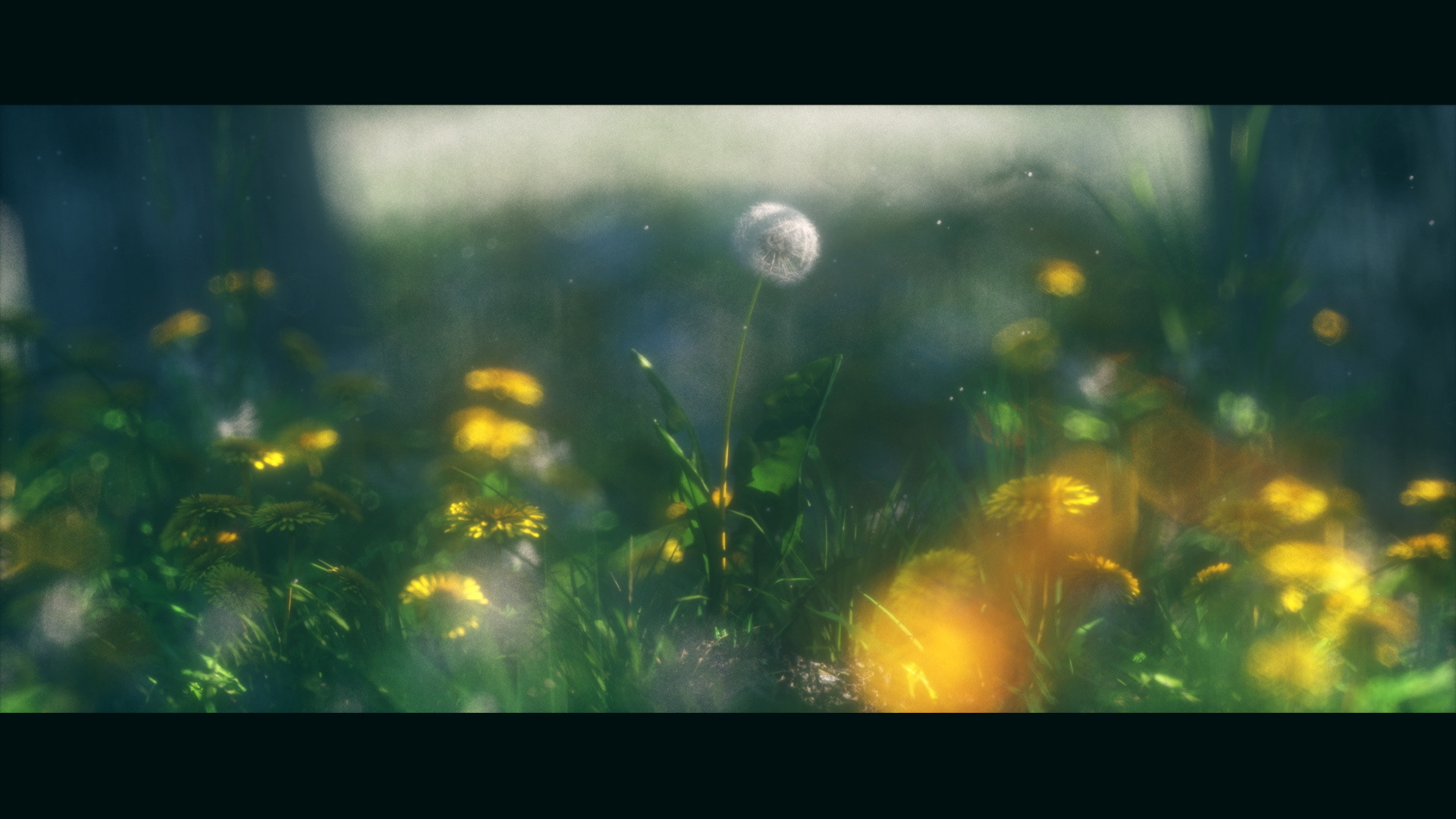
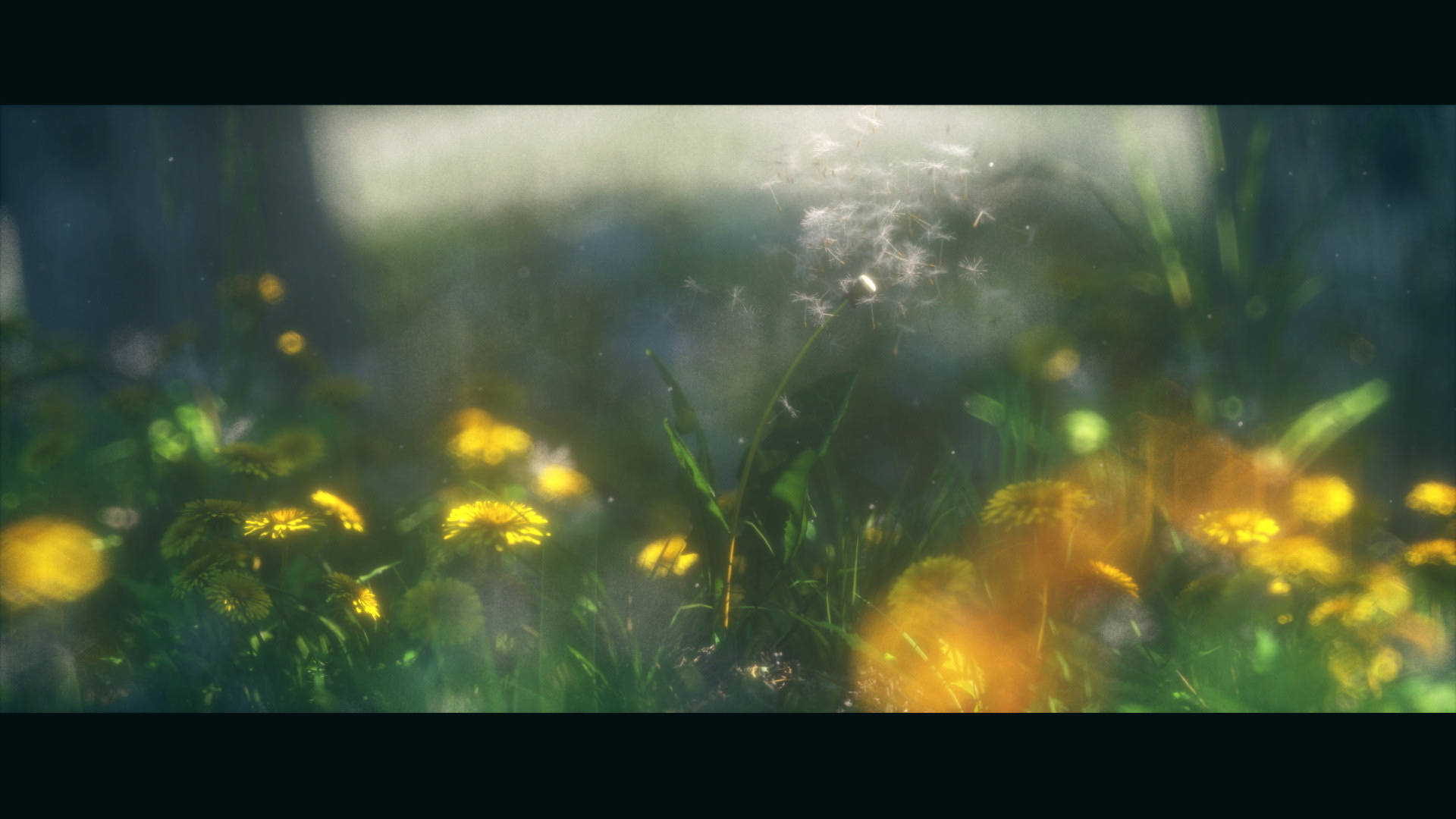
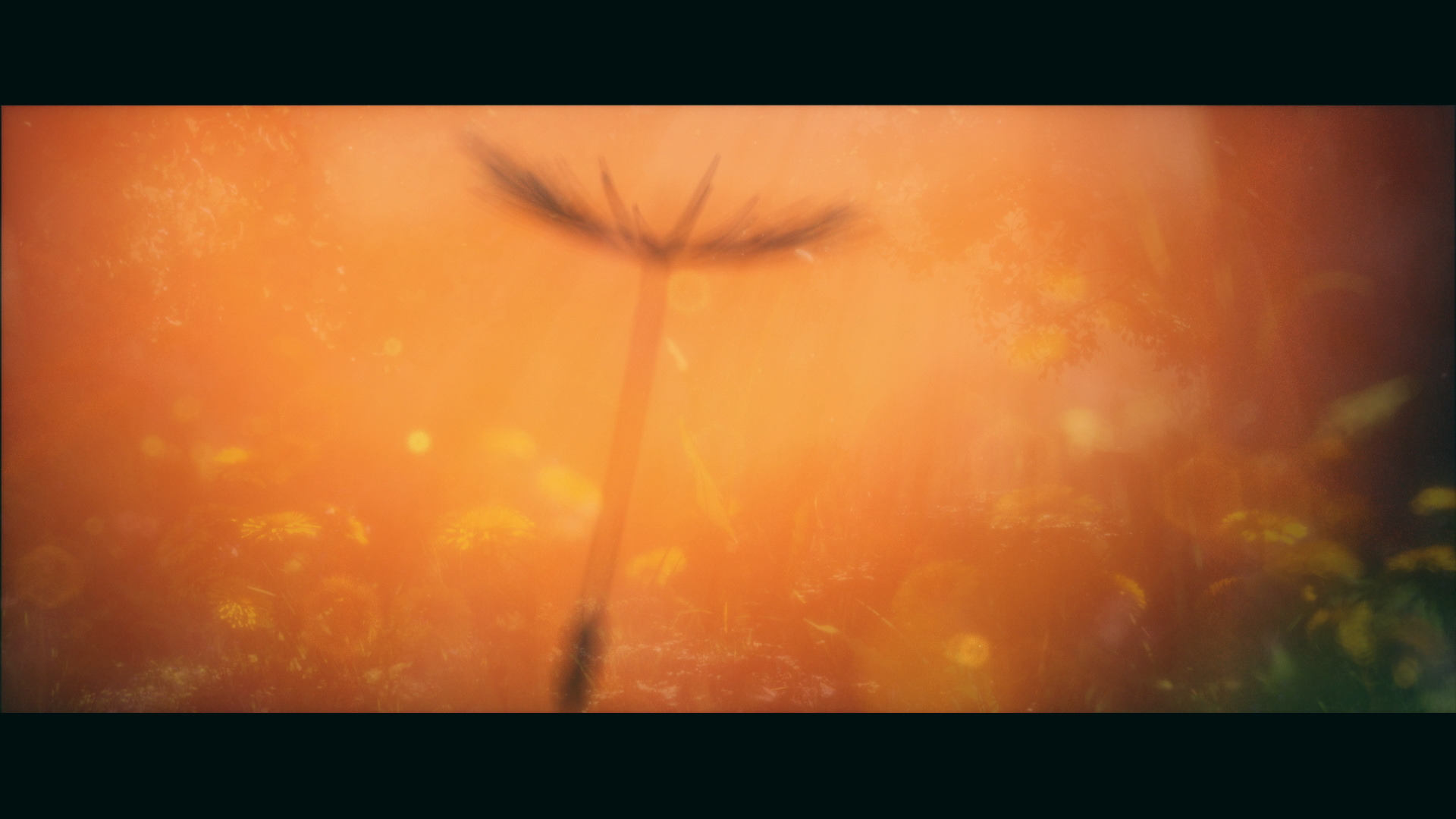

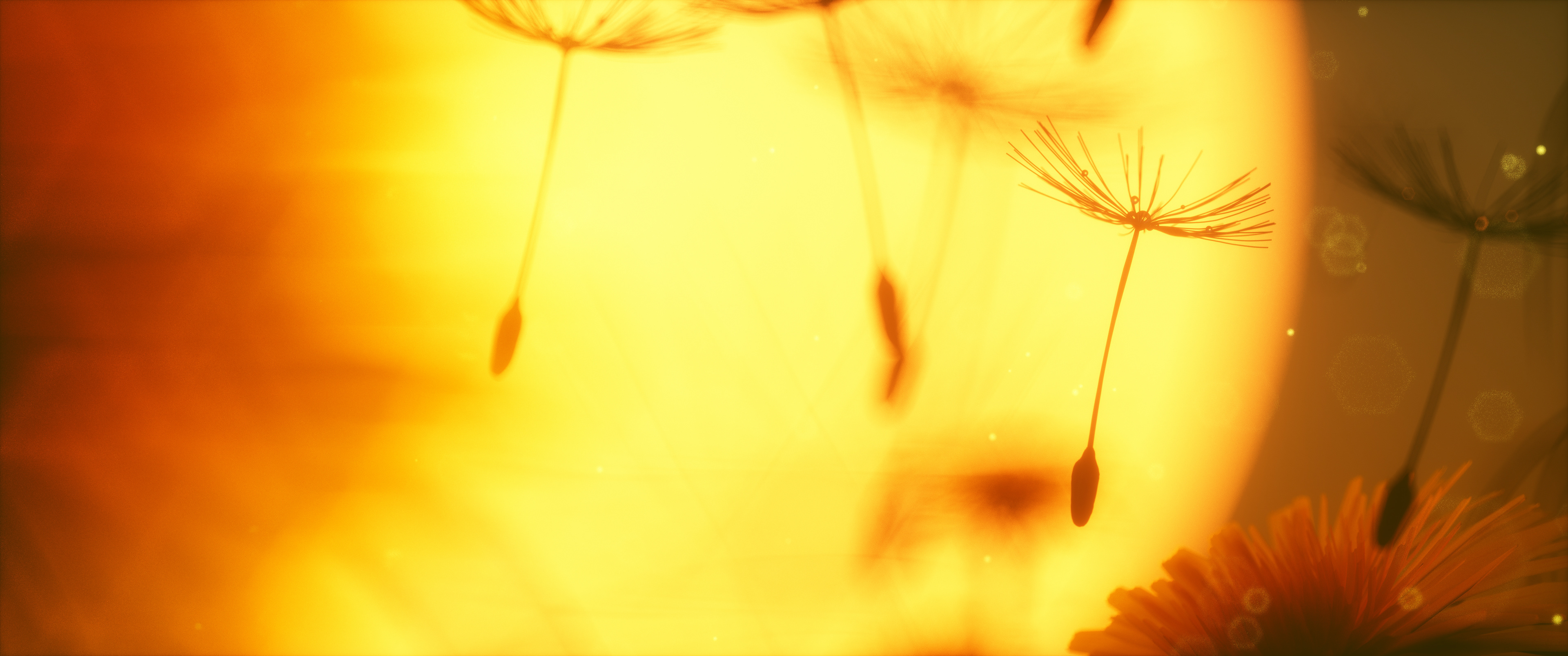
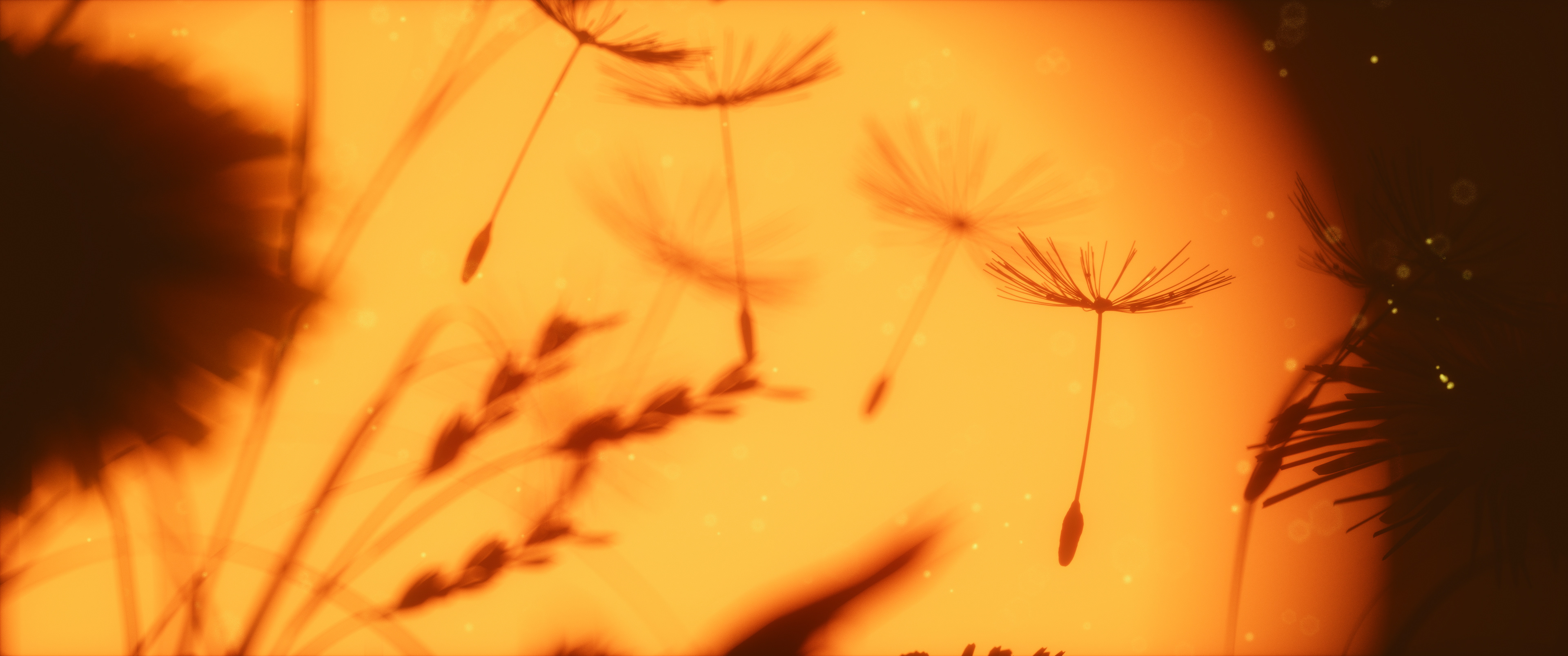


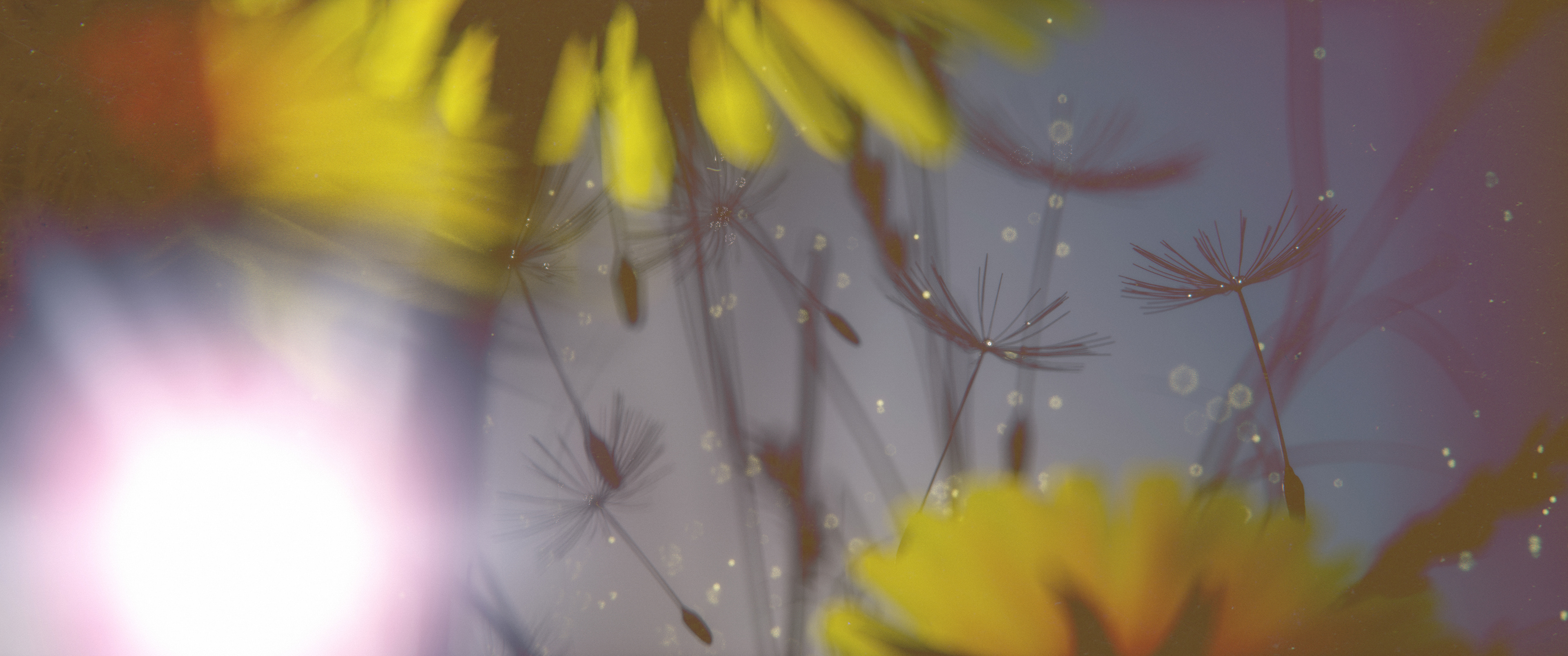


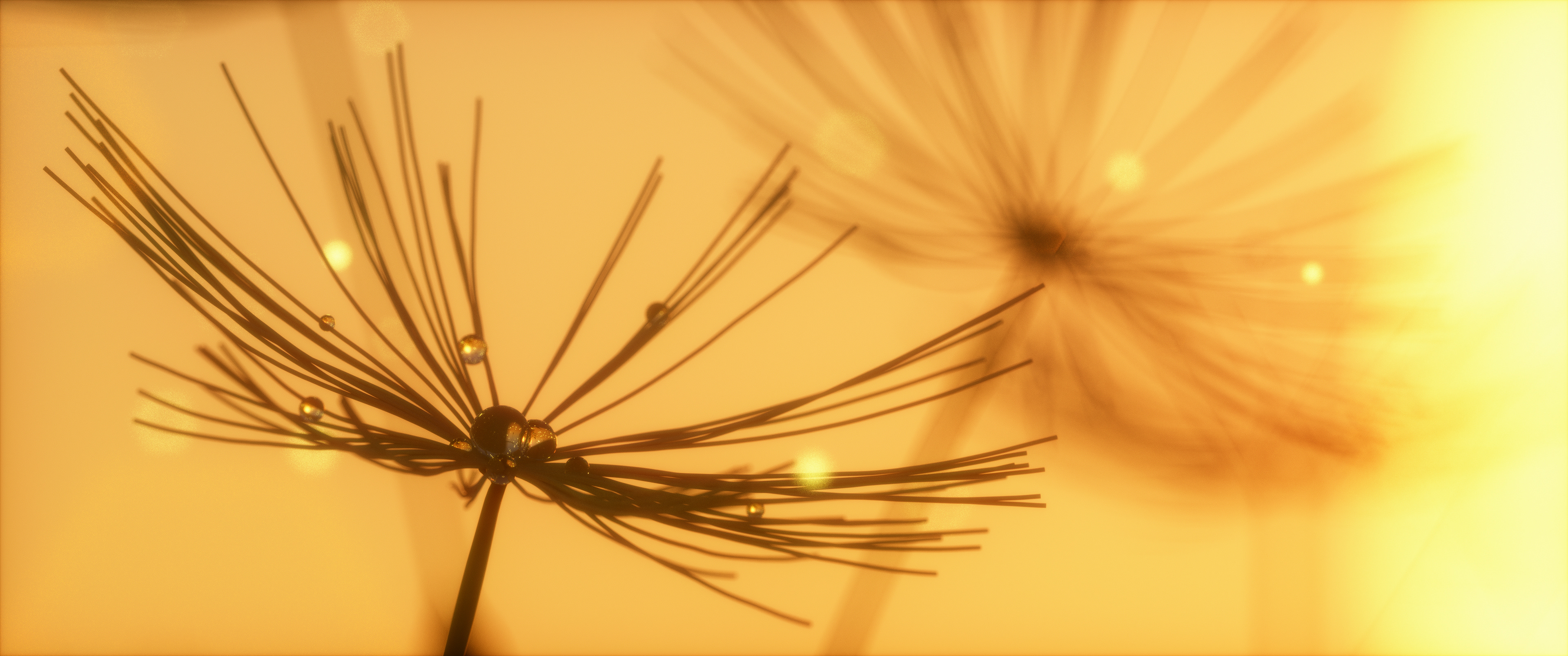

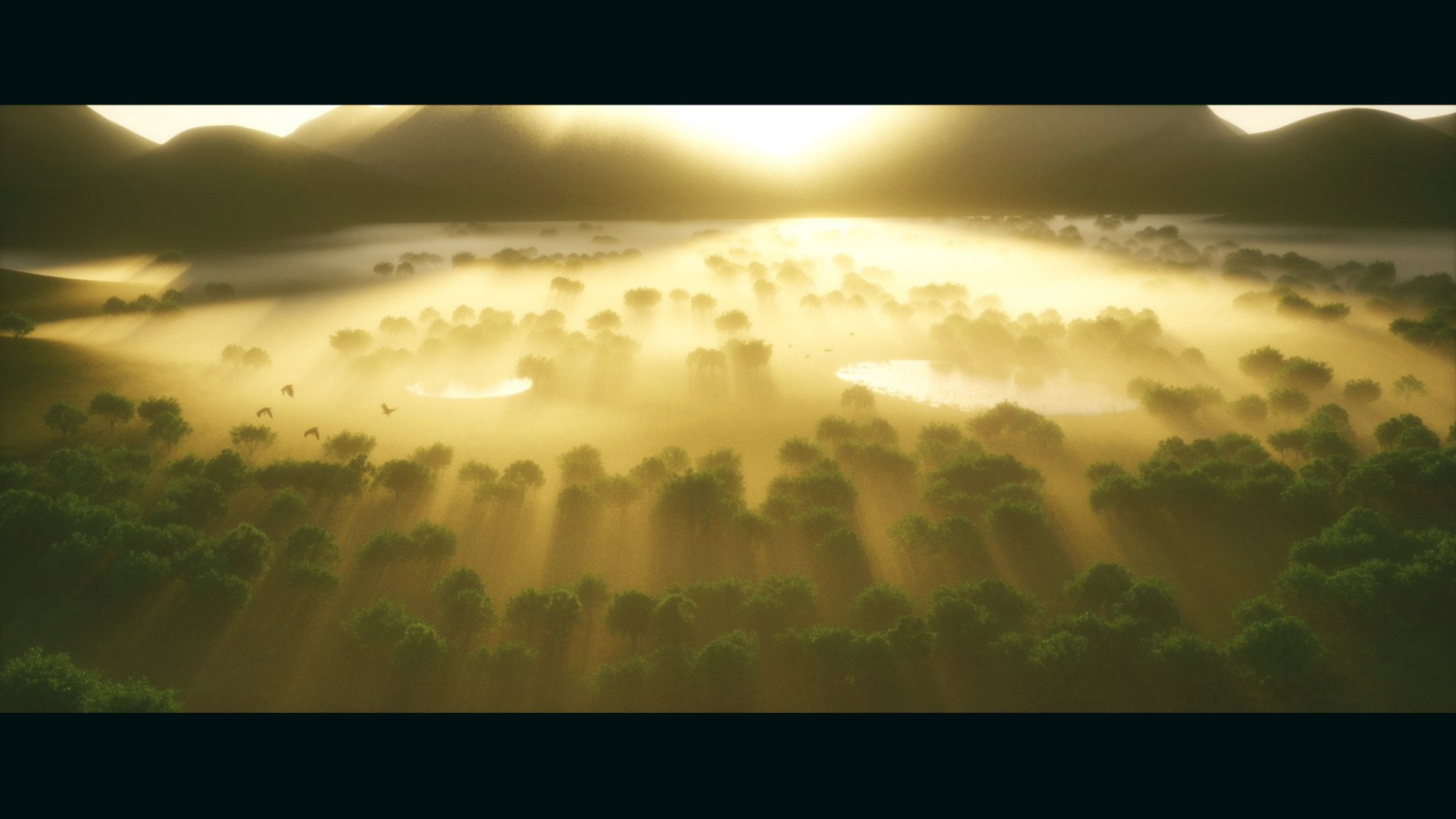
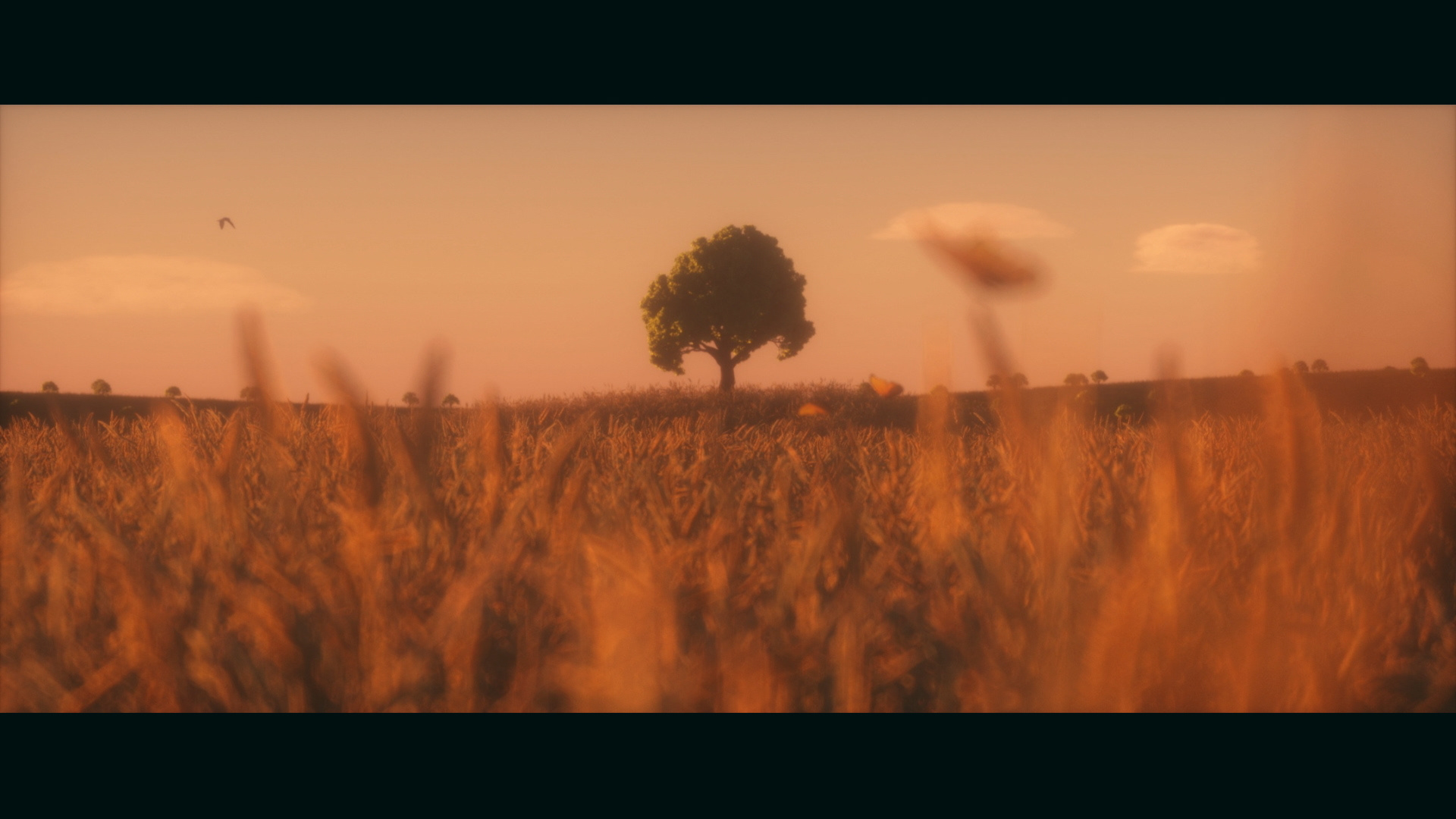
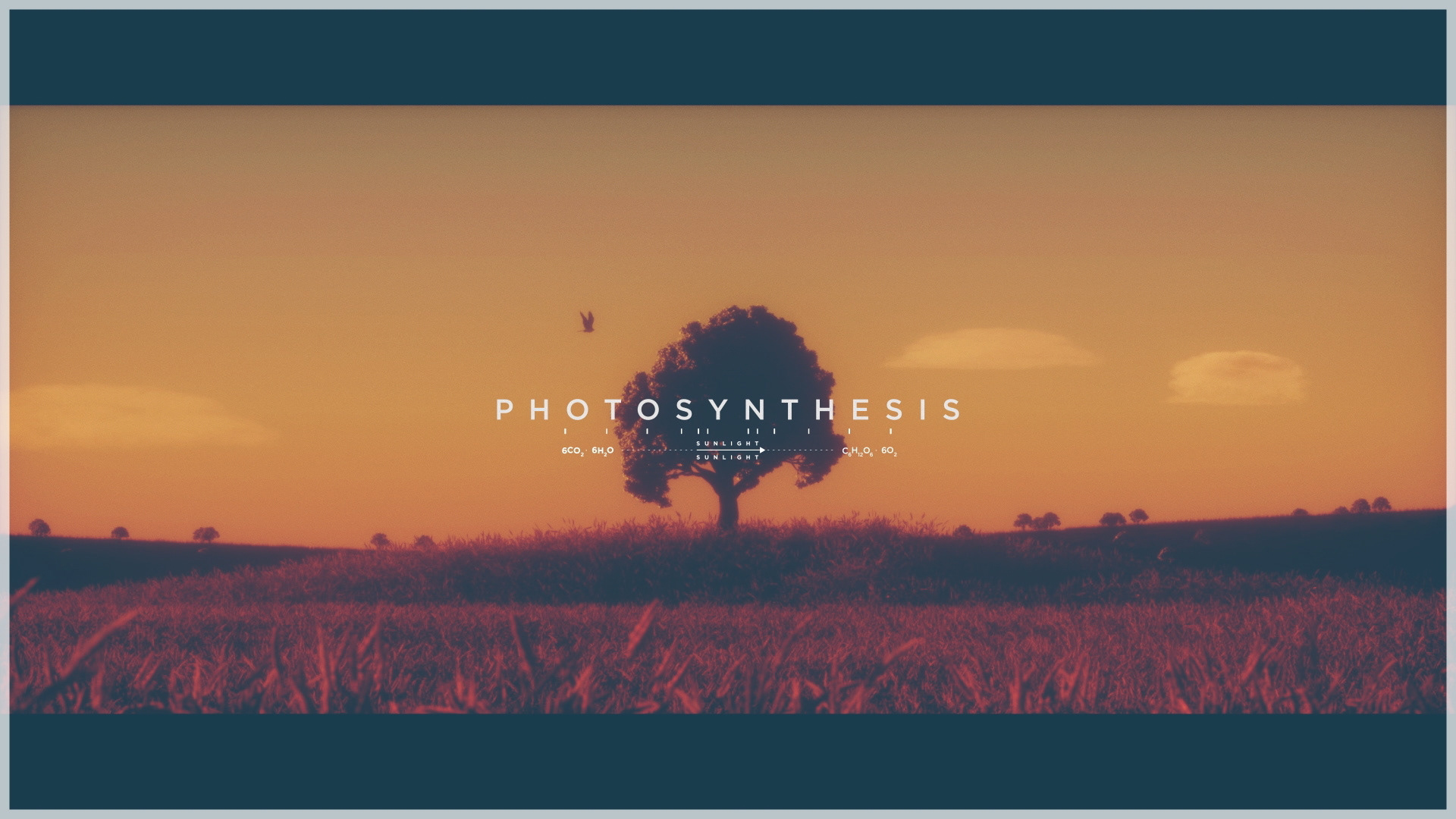
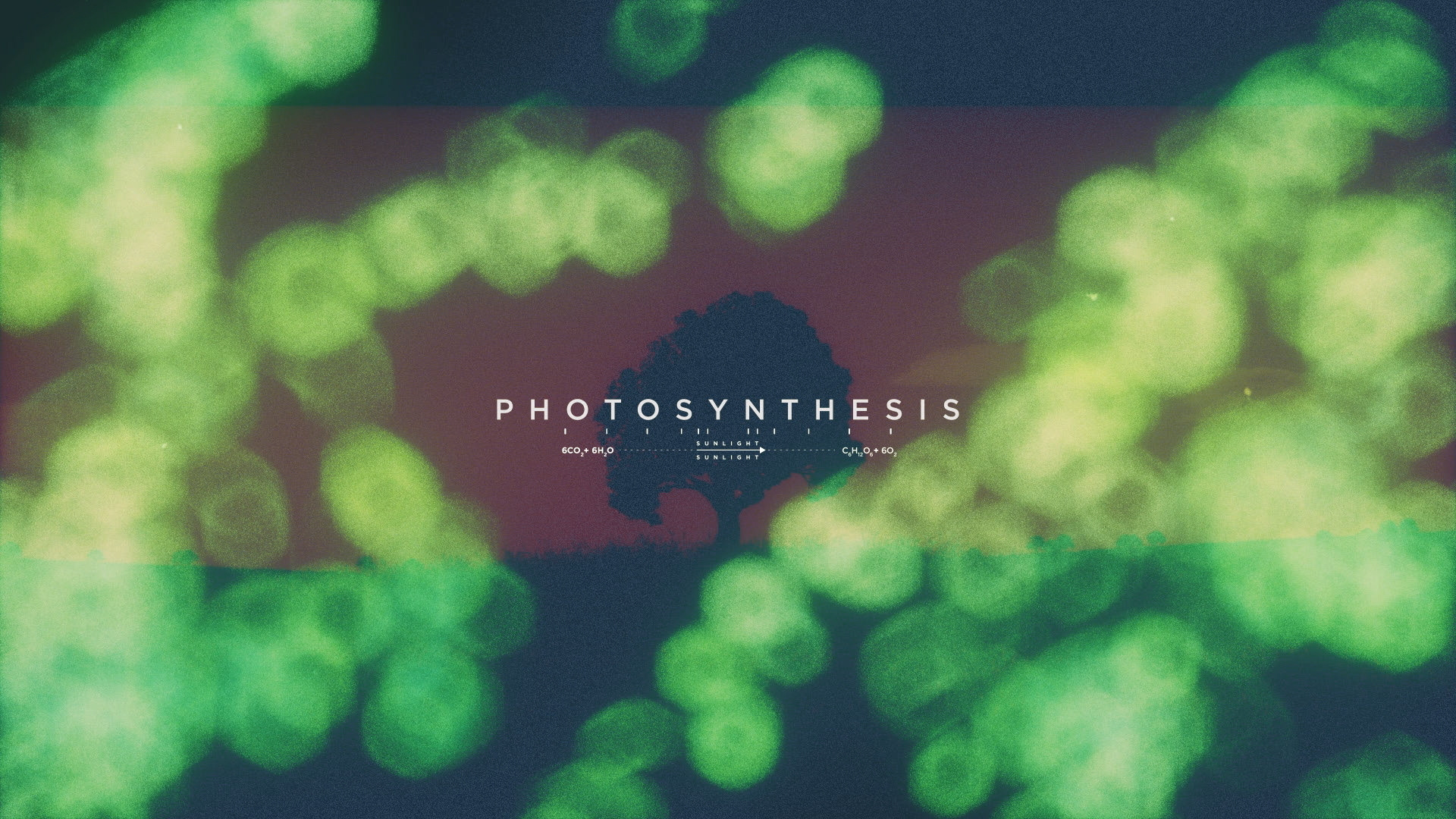
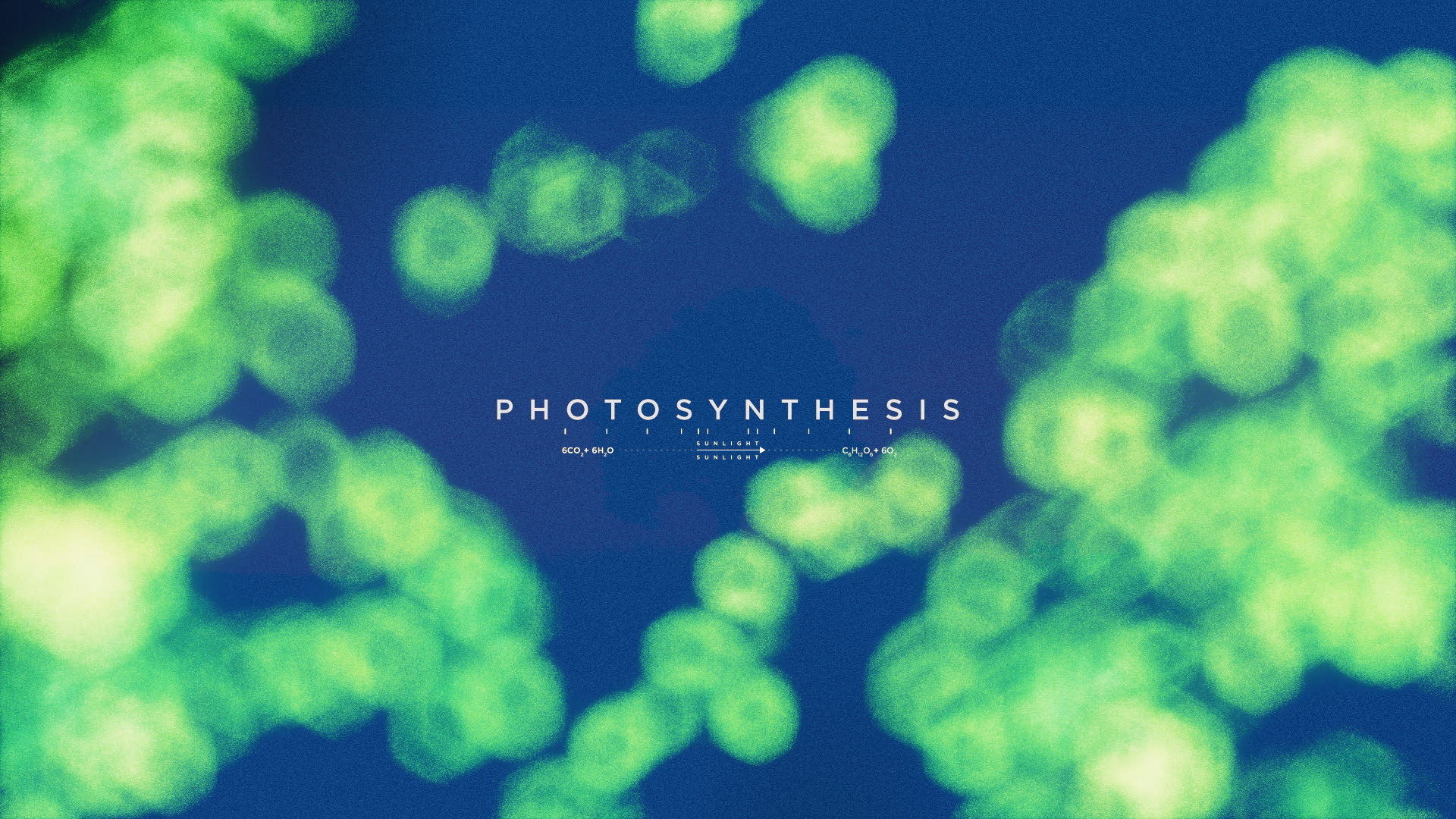
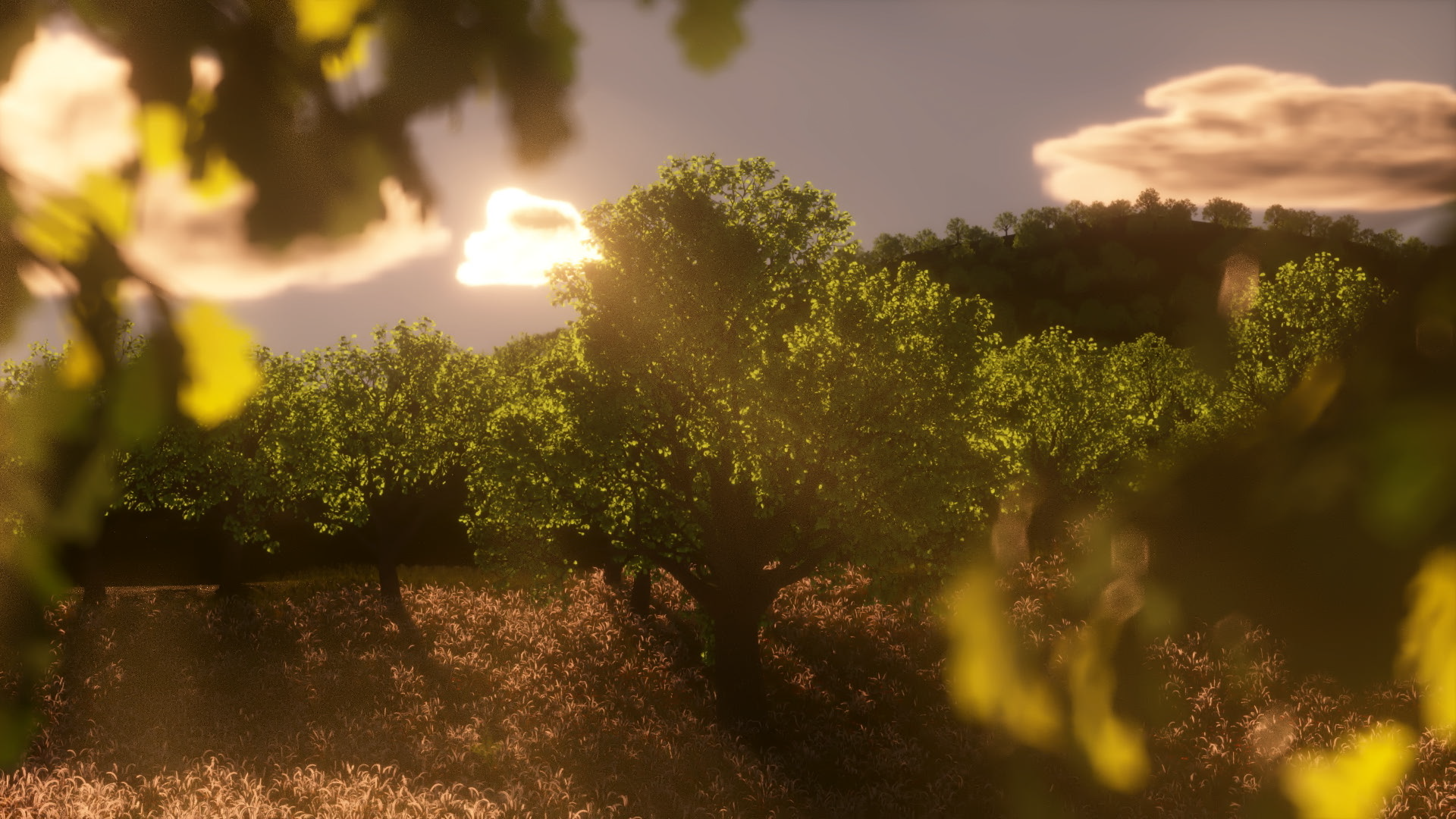
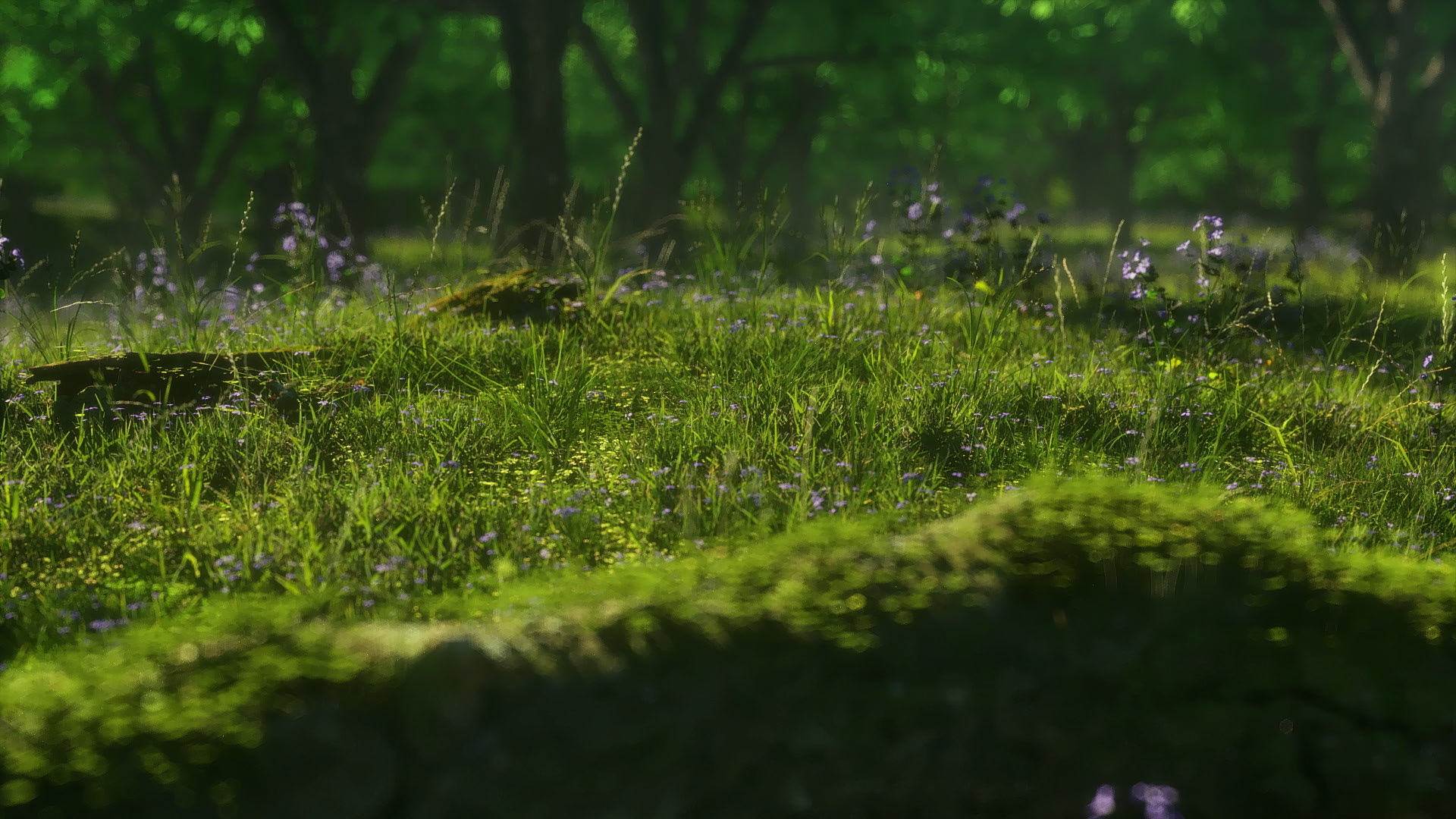

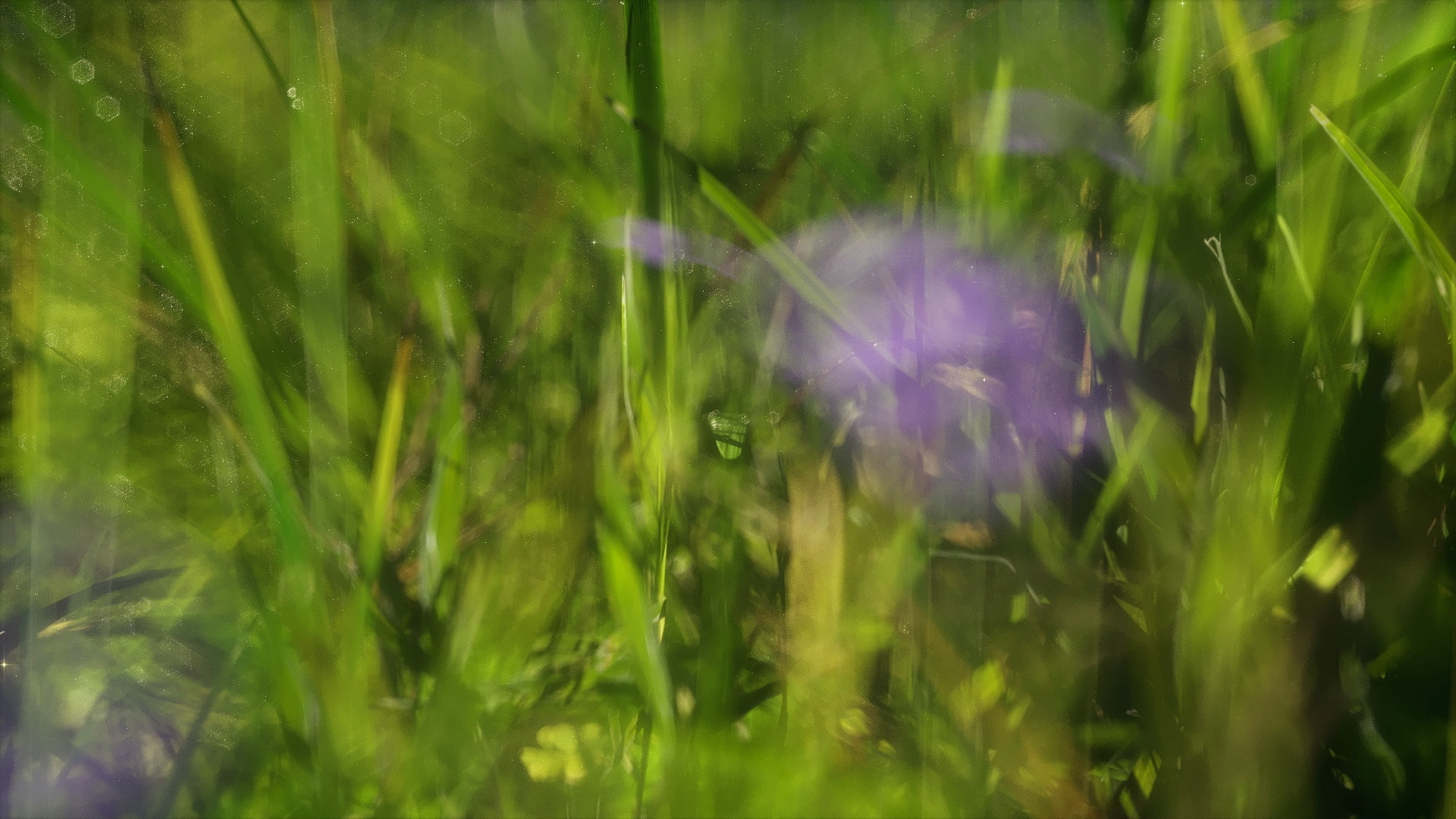
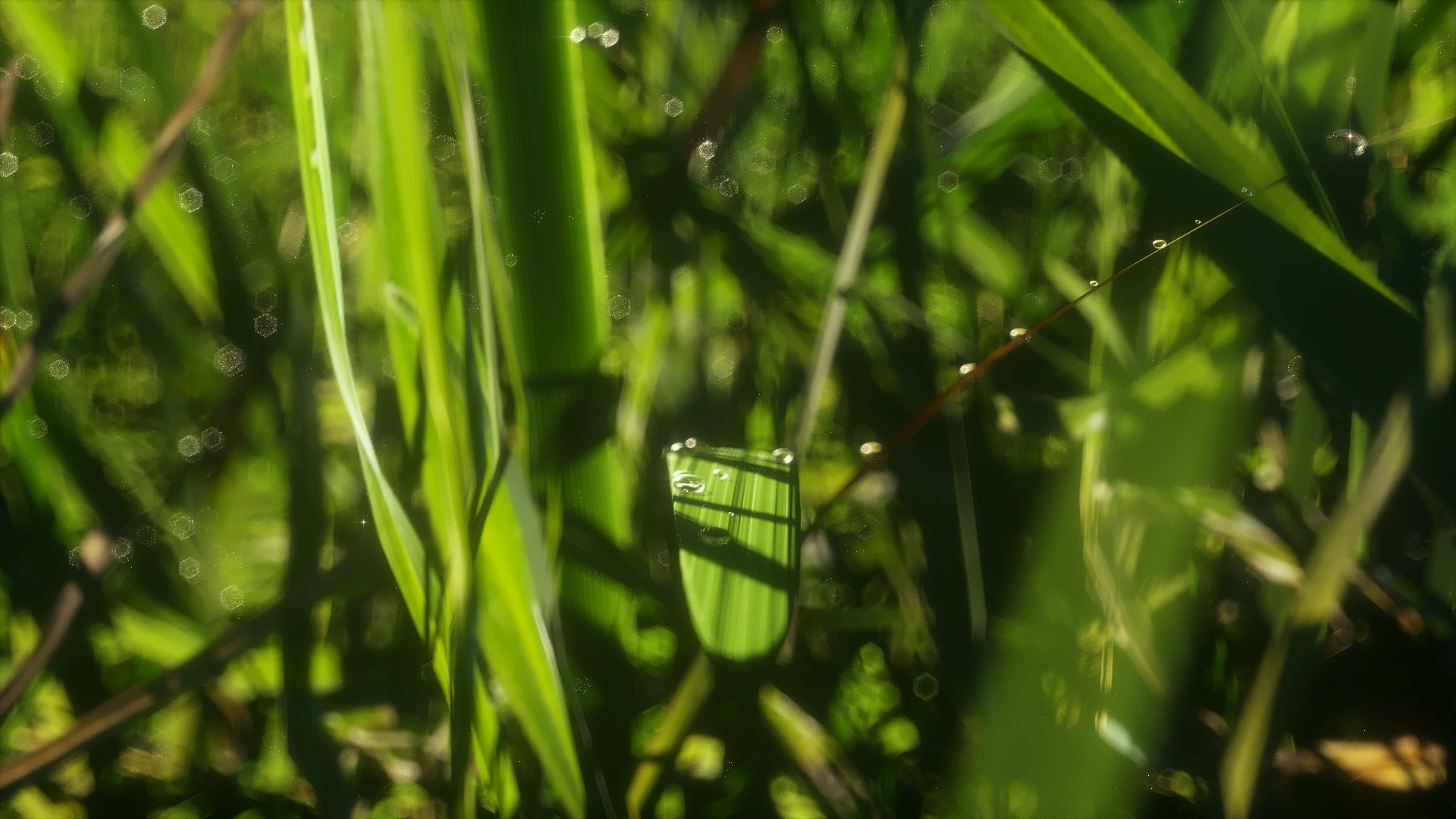
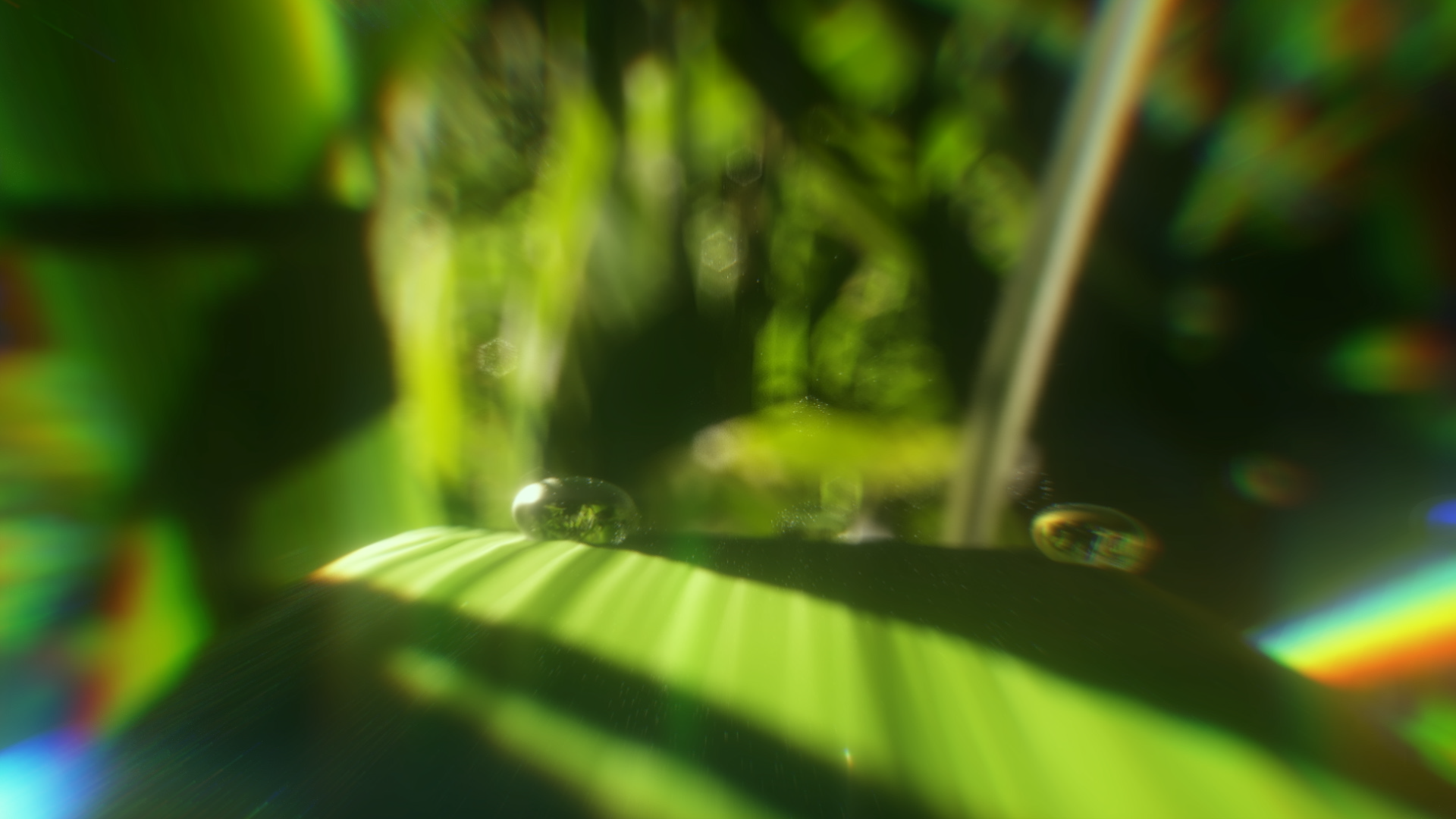
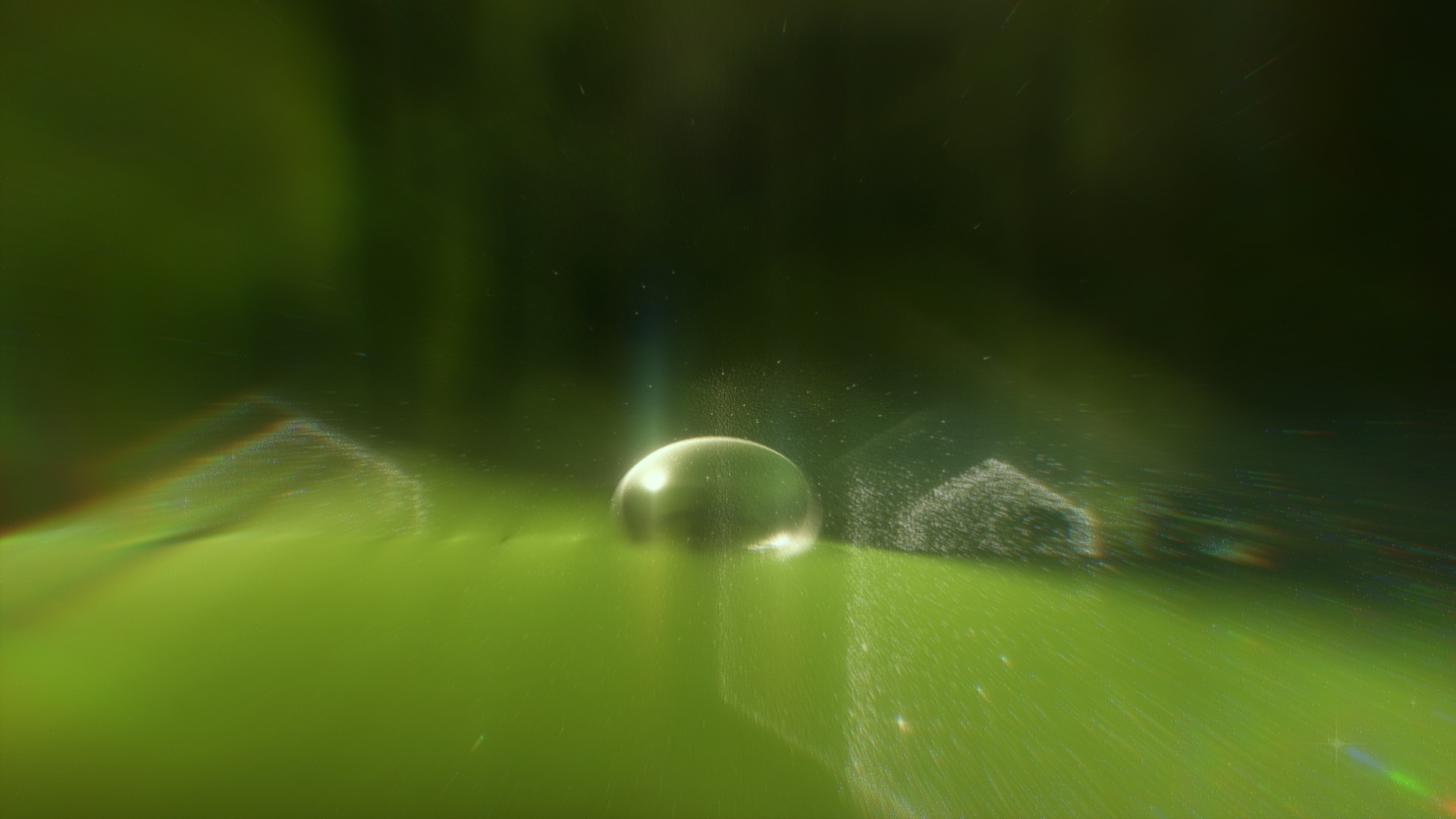

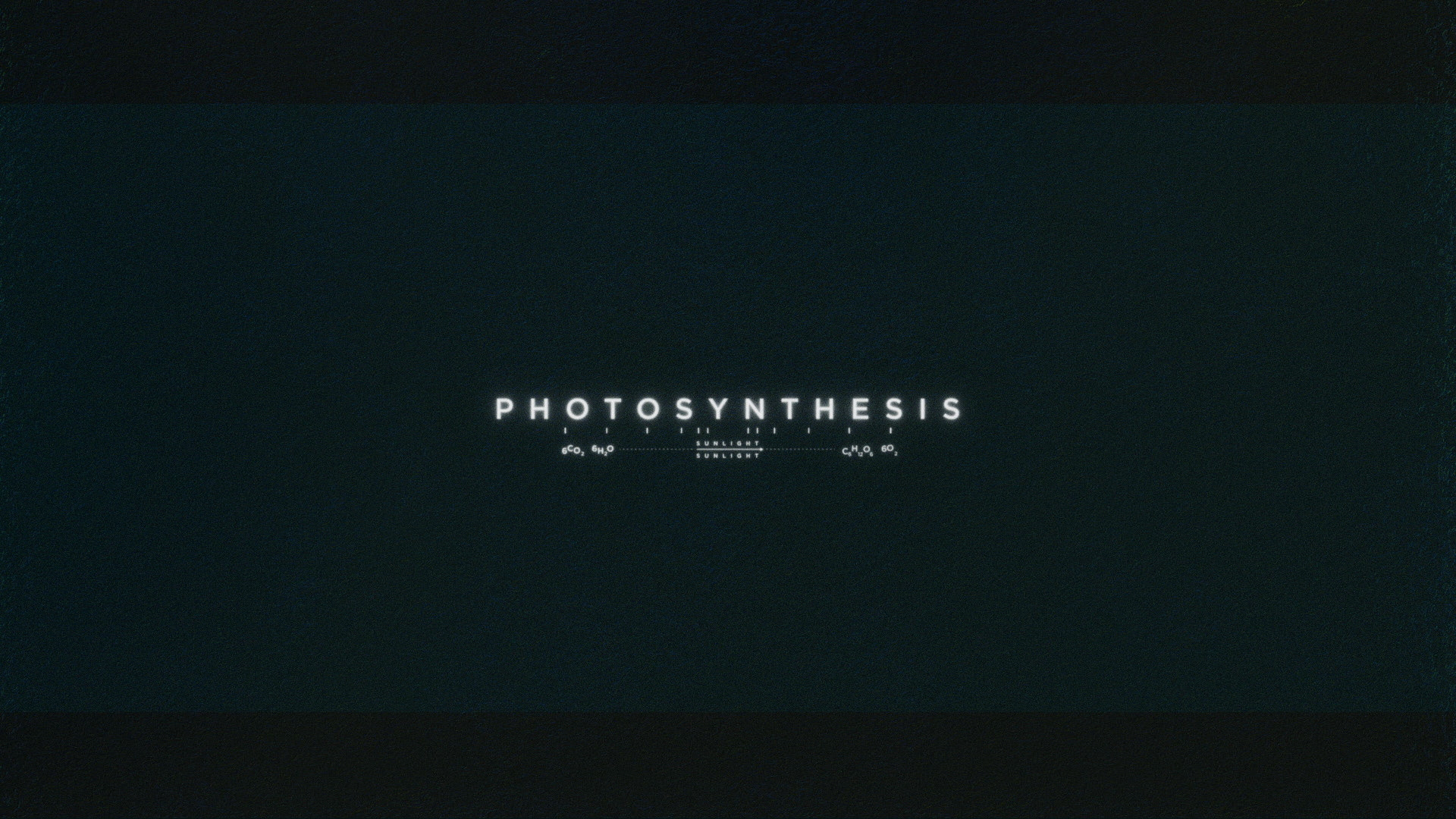
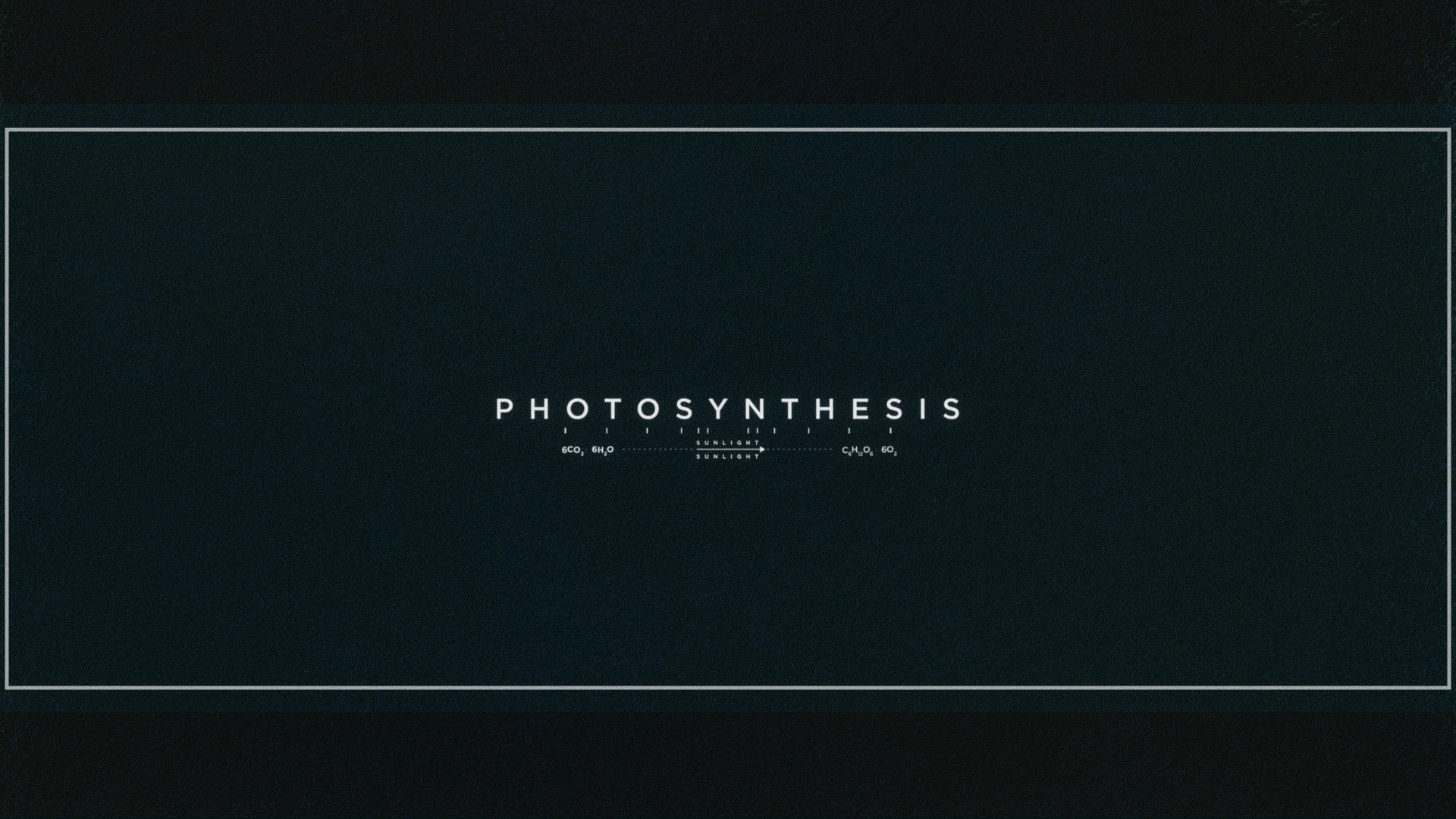

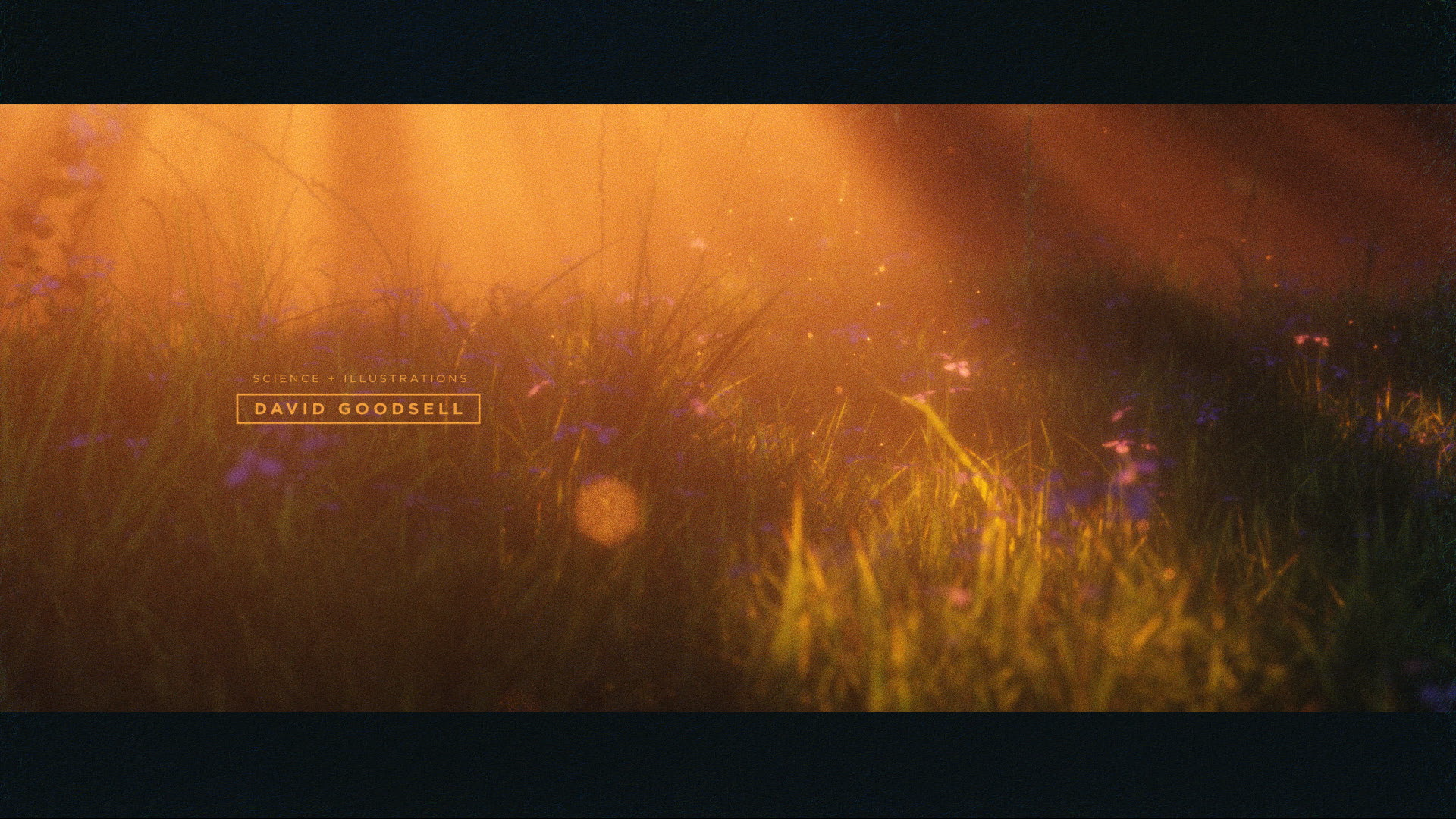
Poster Design
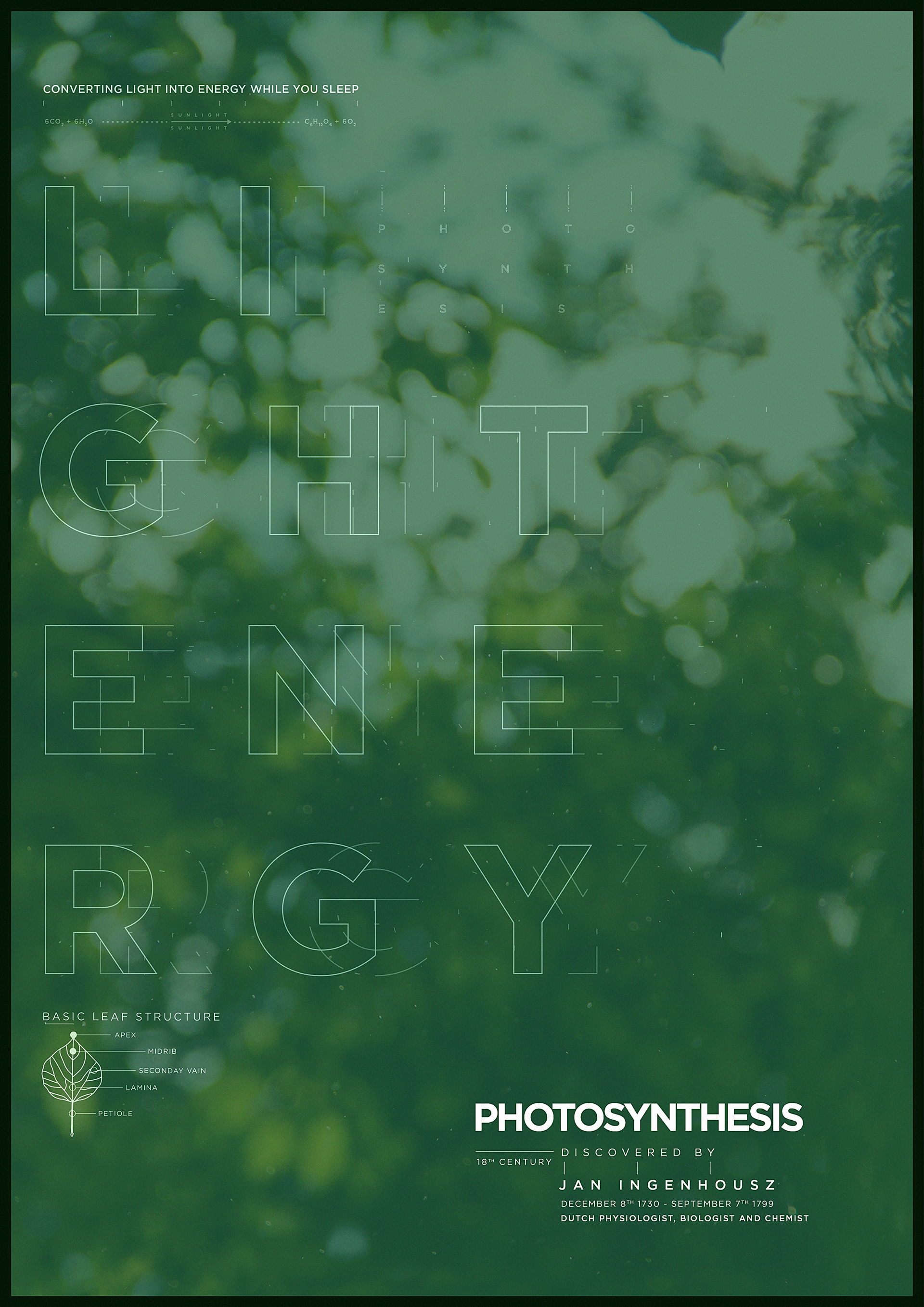
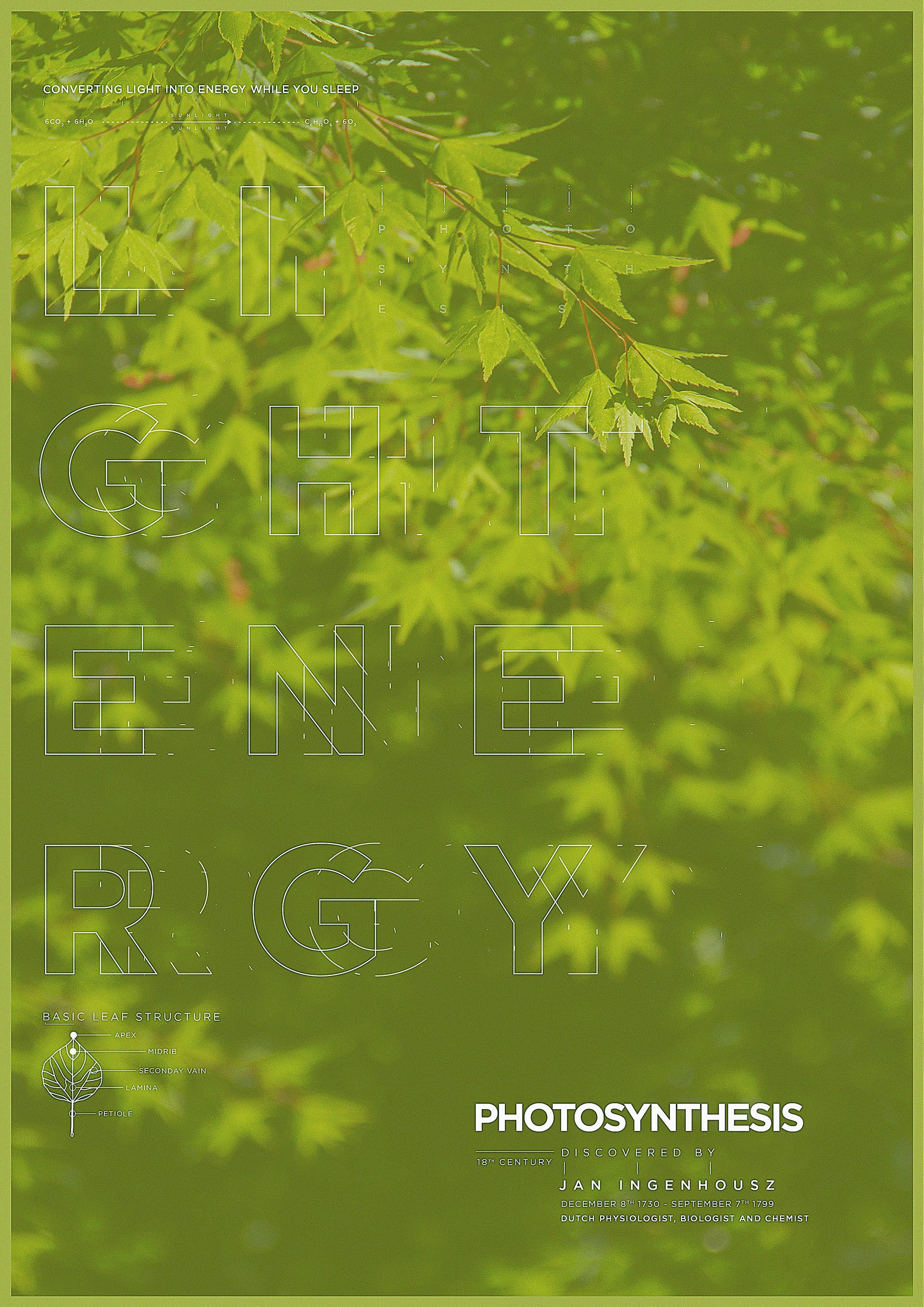
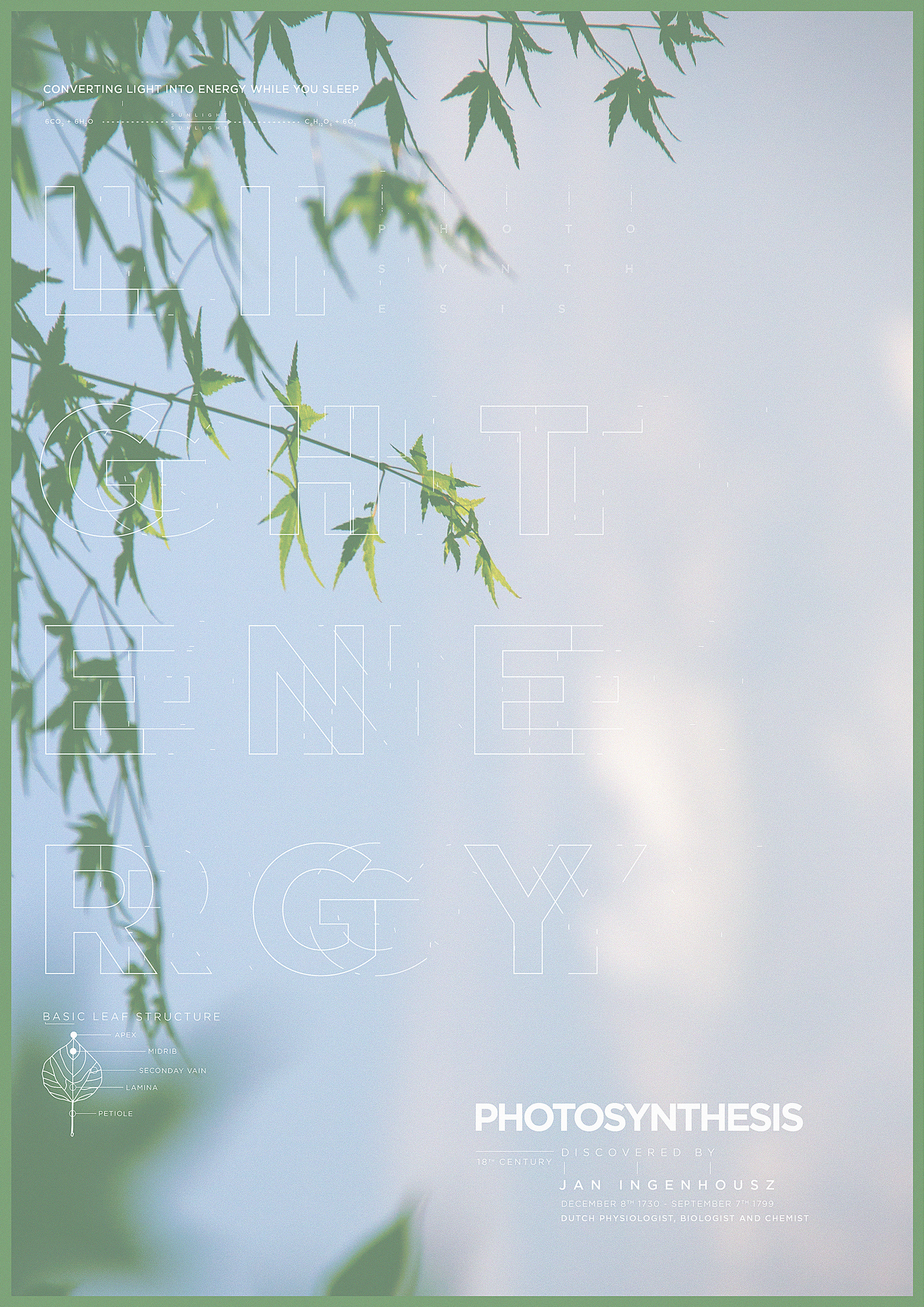




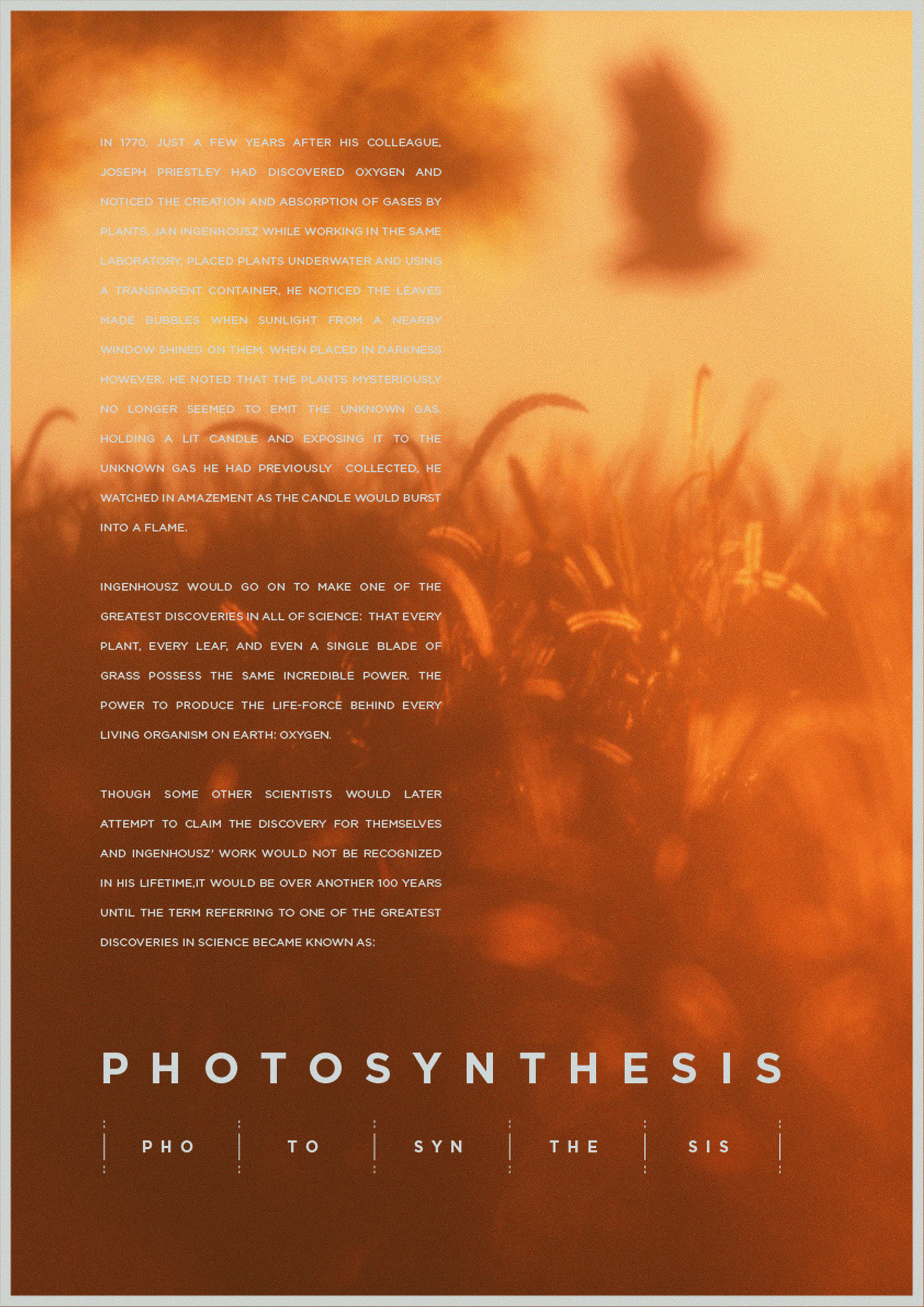
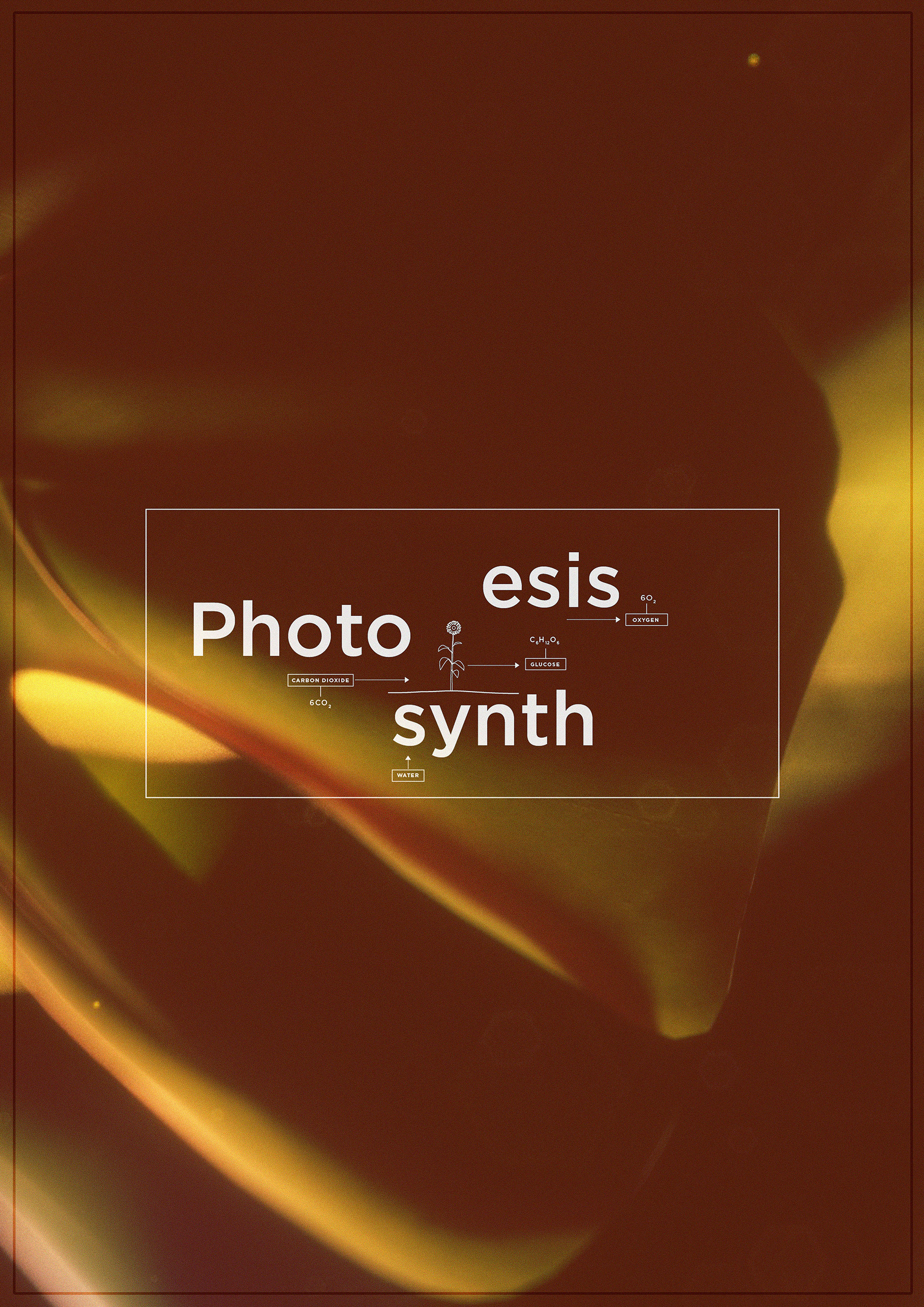
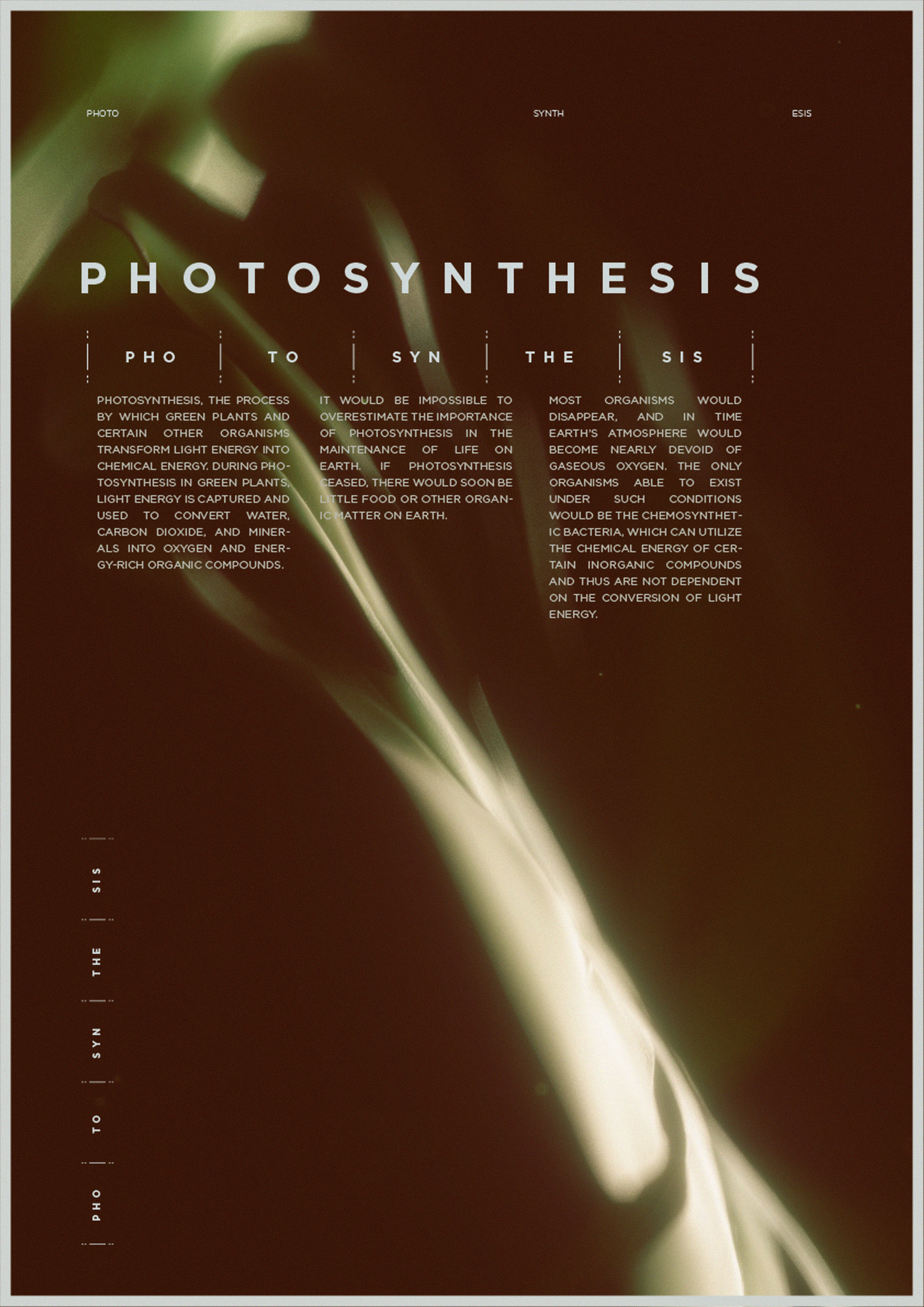
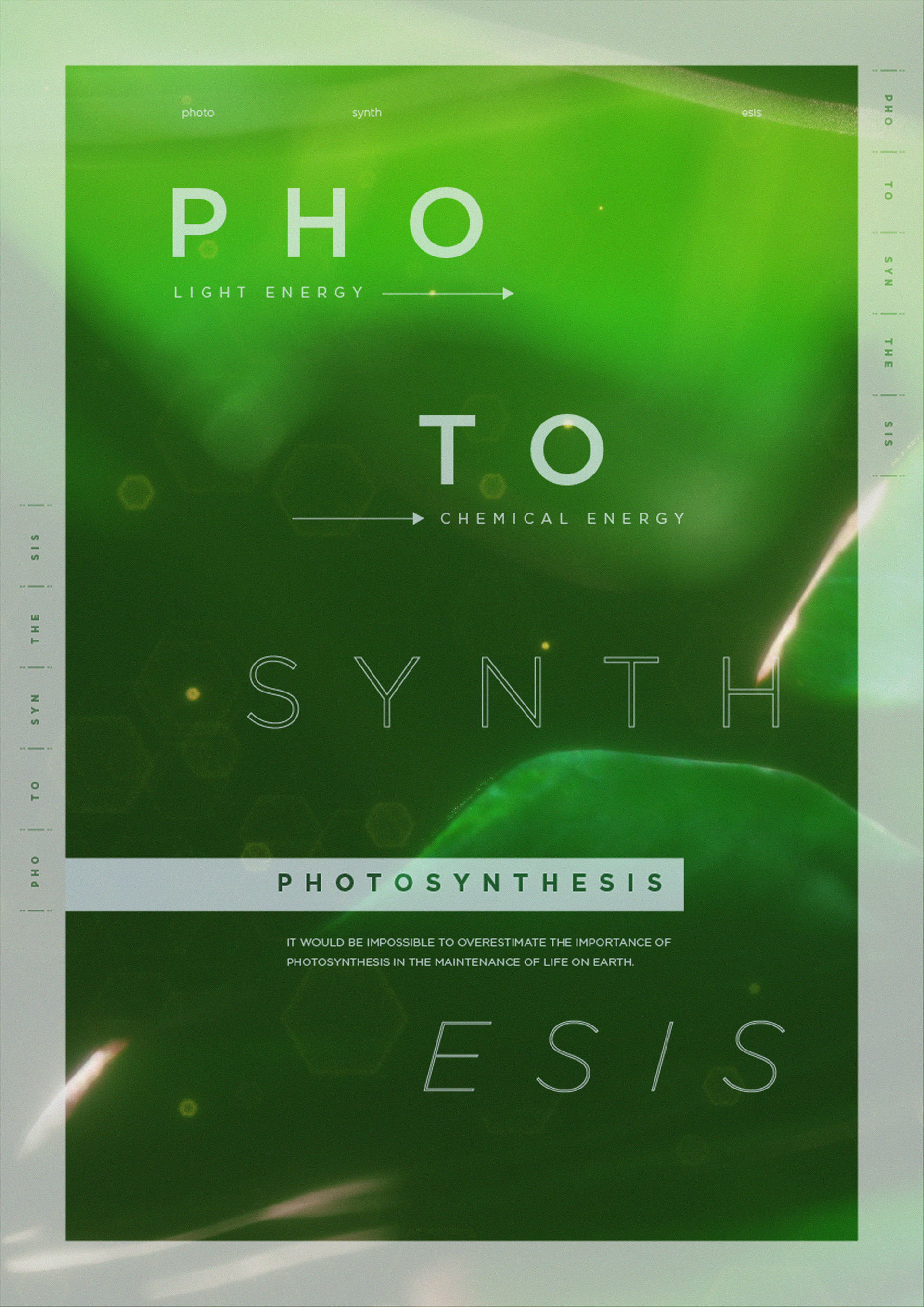
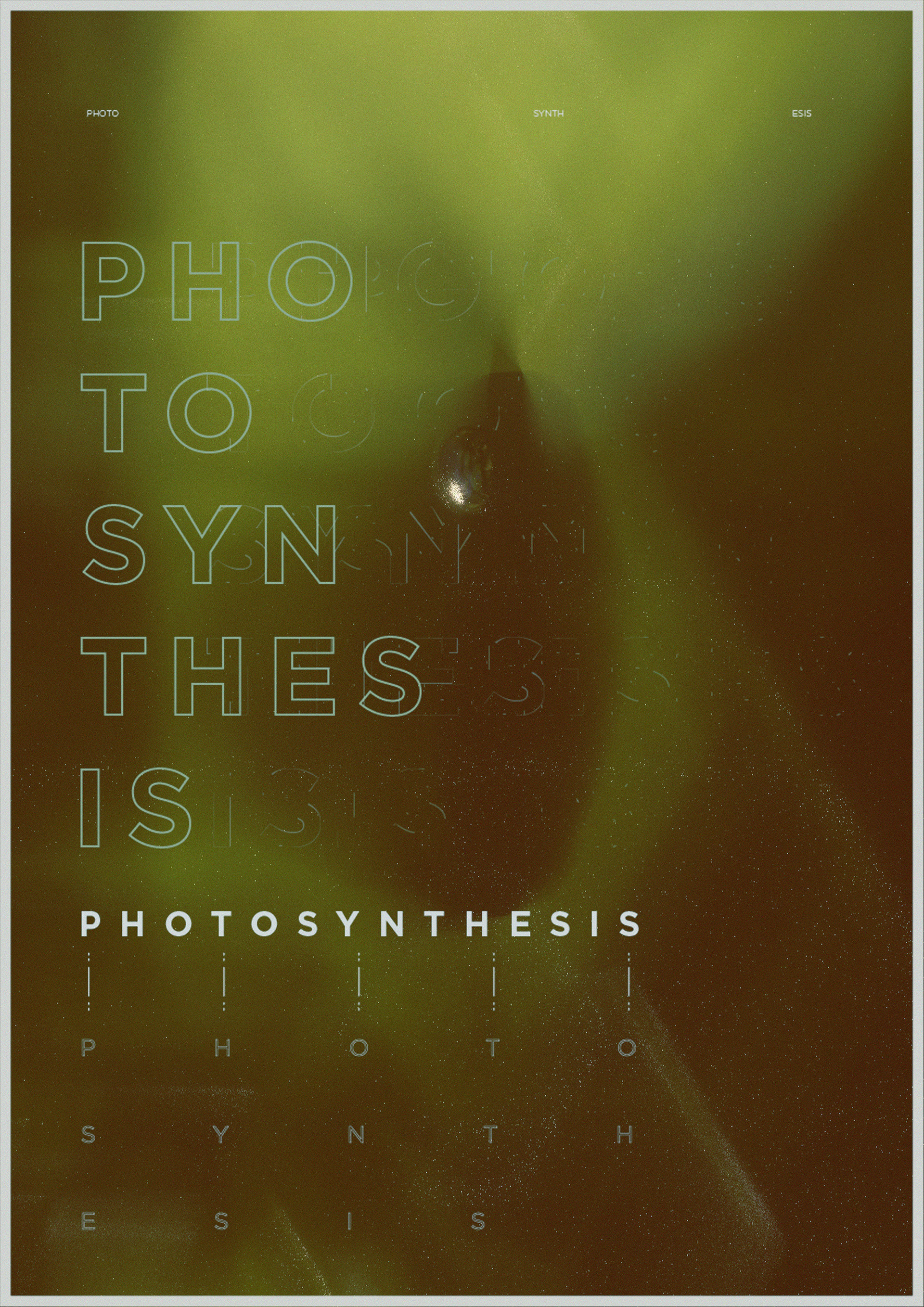
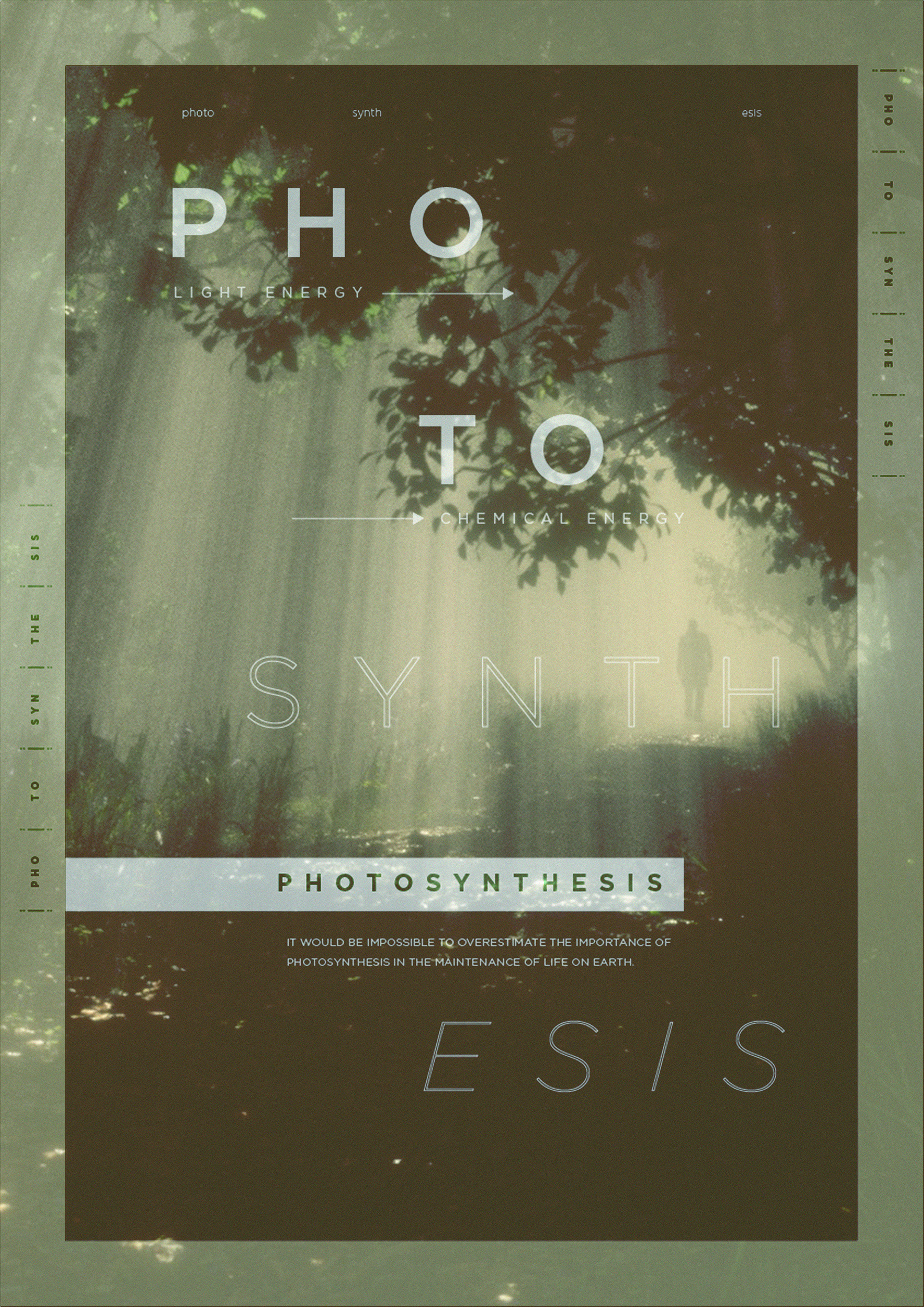
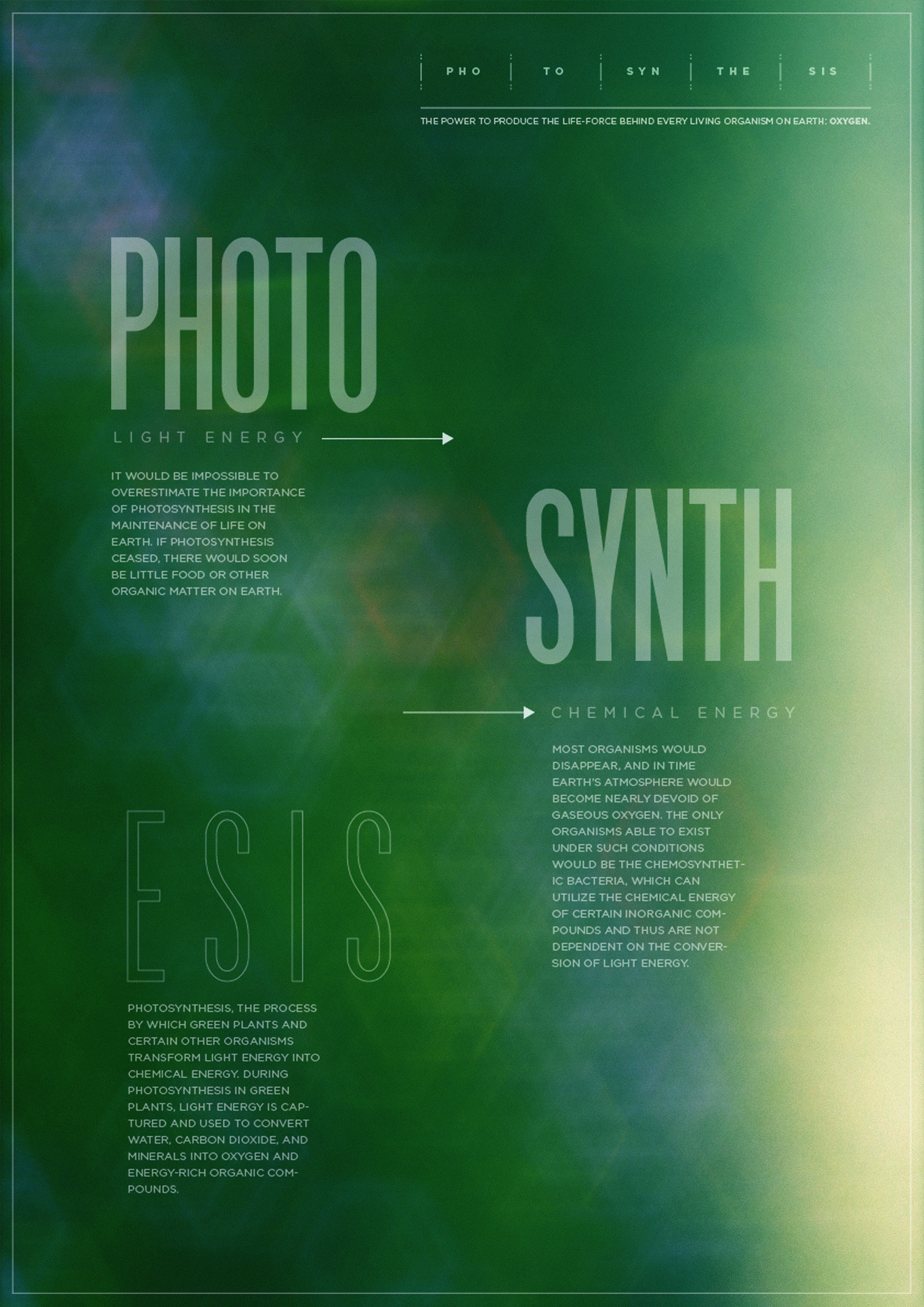

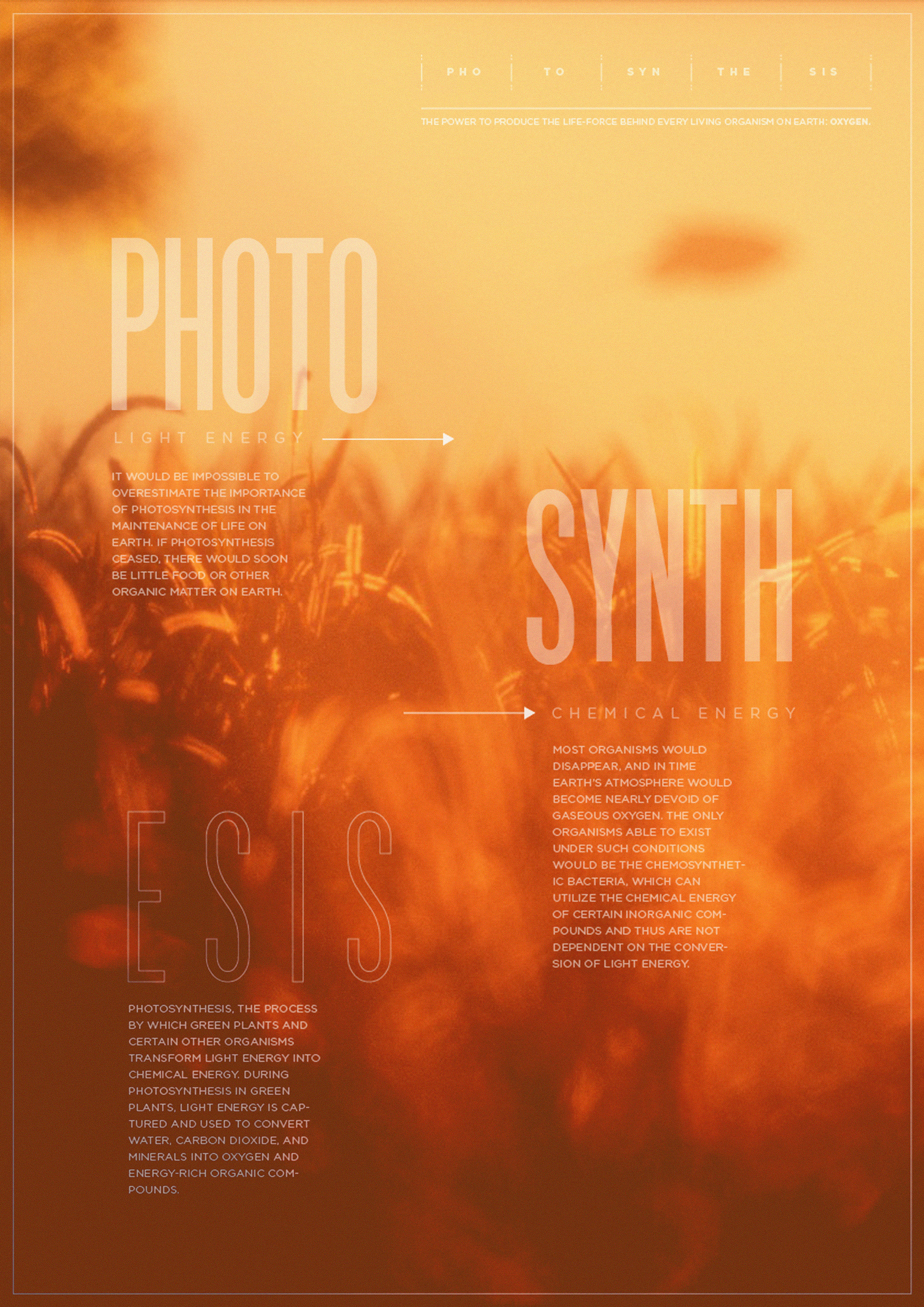


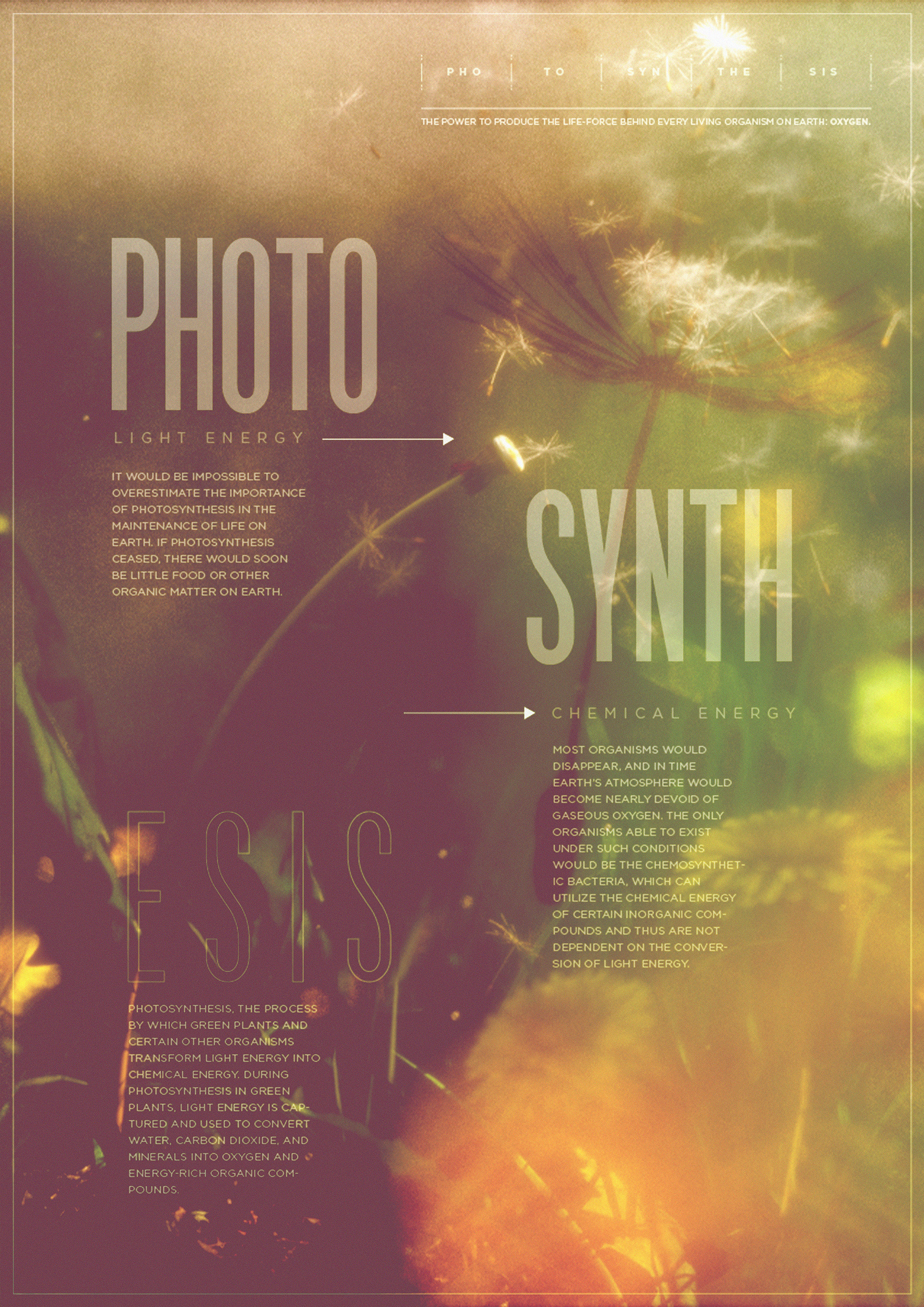
Original Storyboards
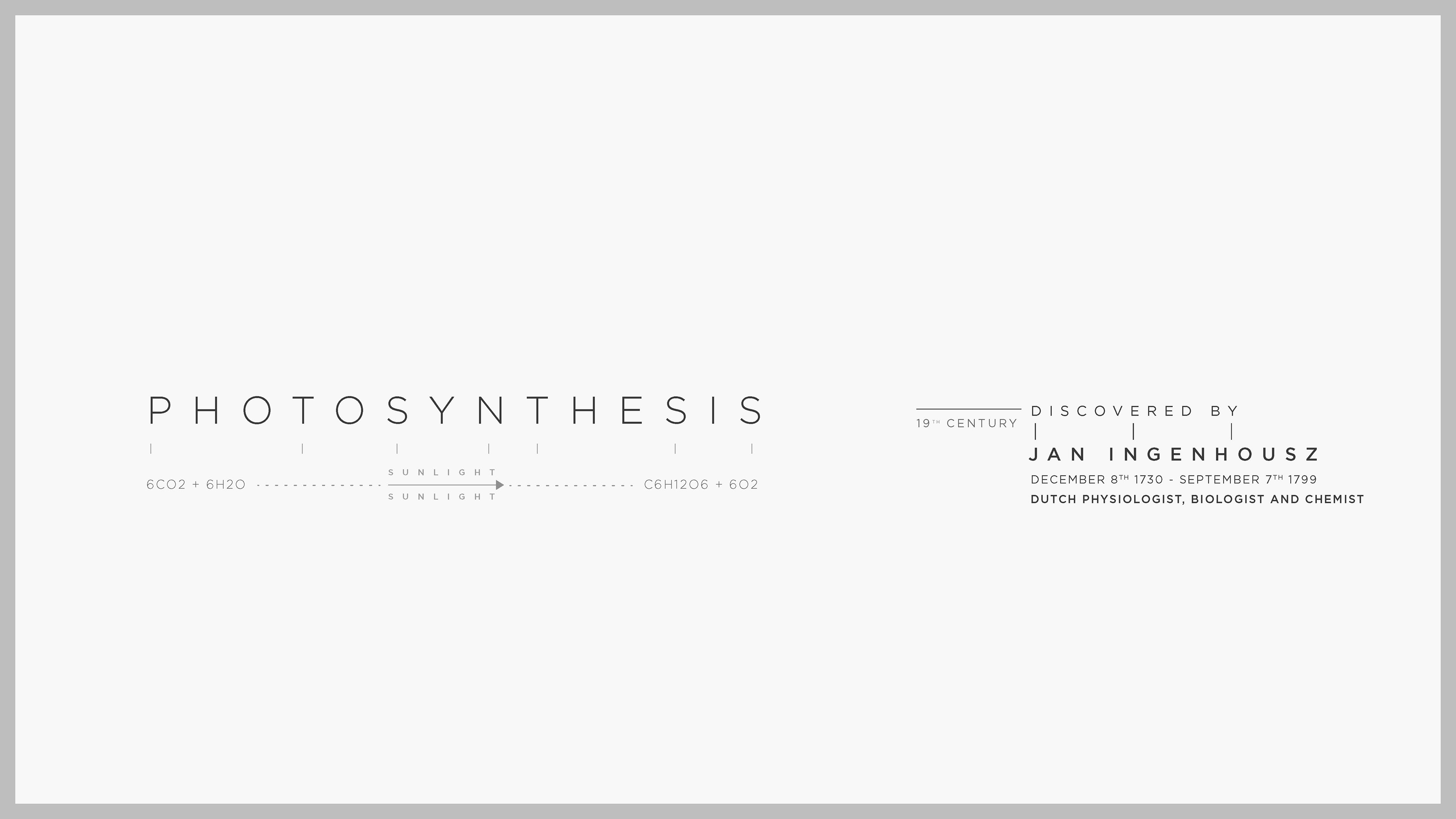
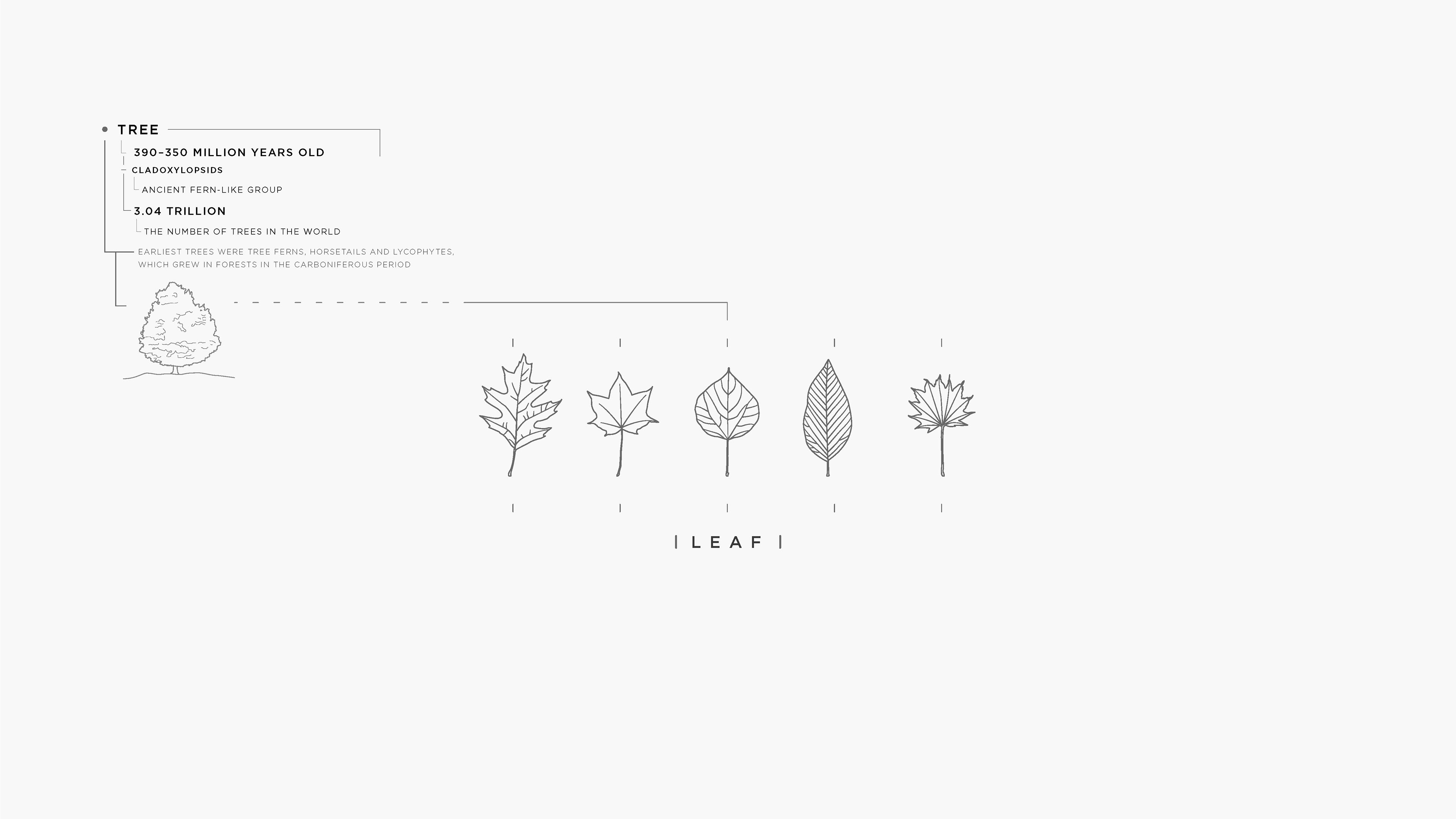
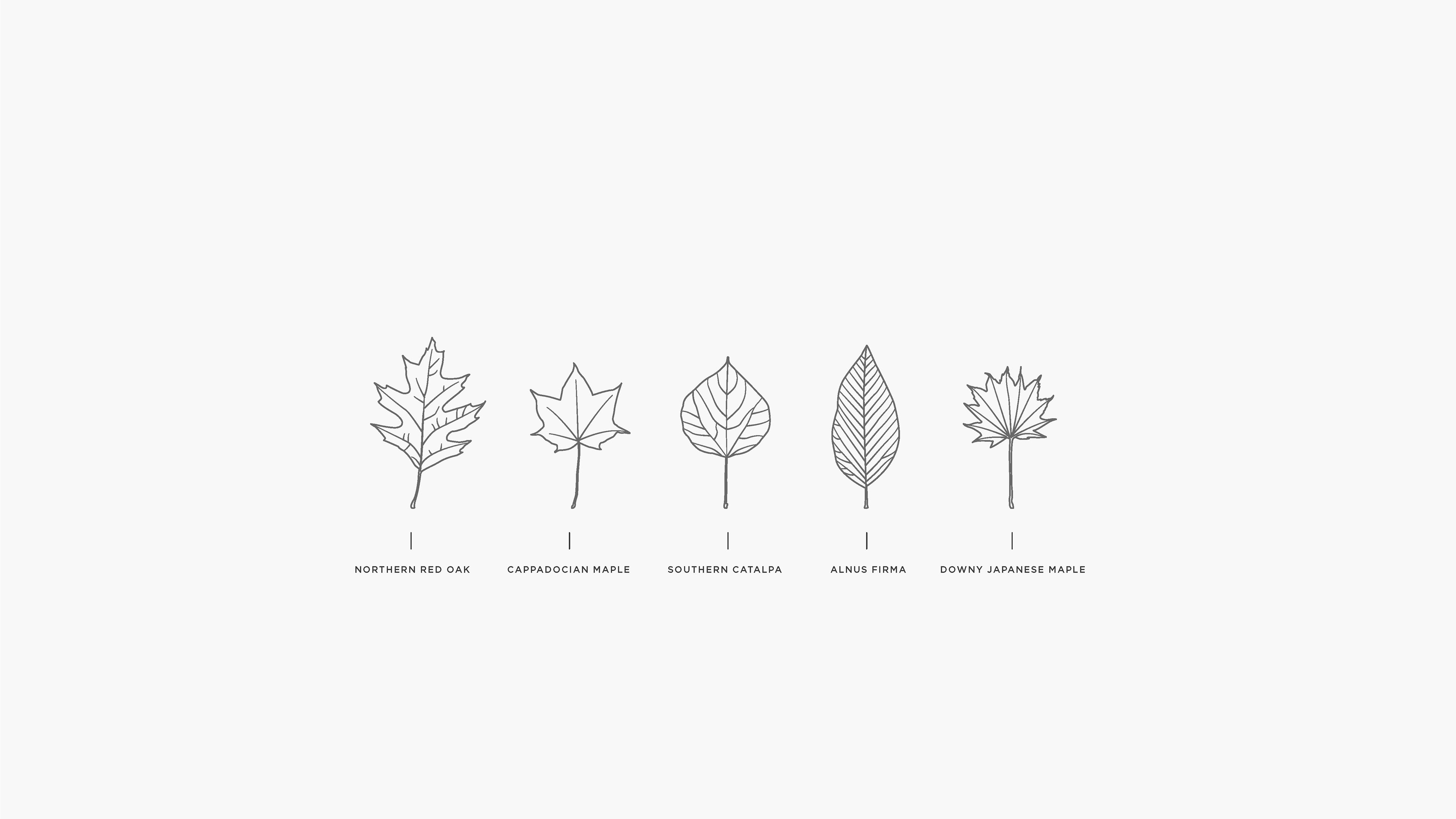
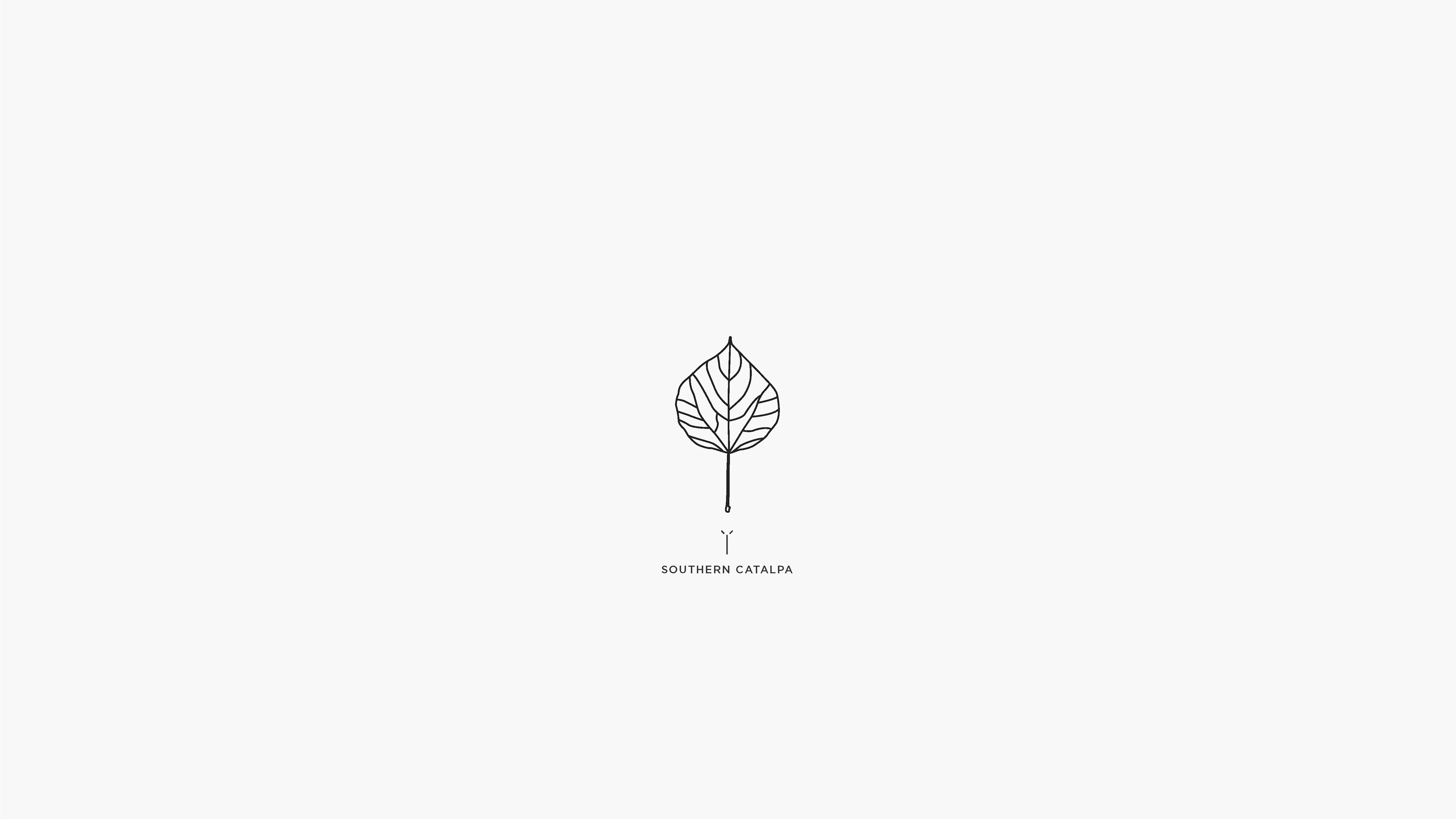
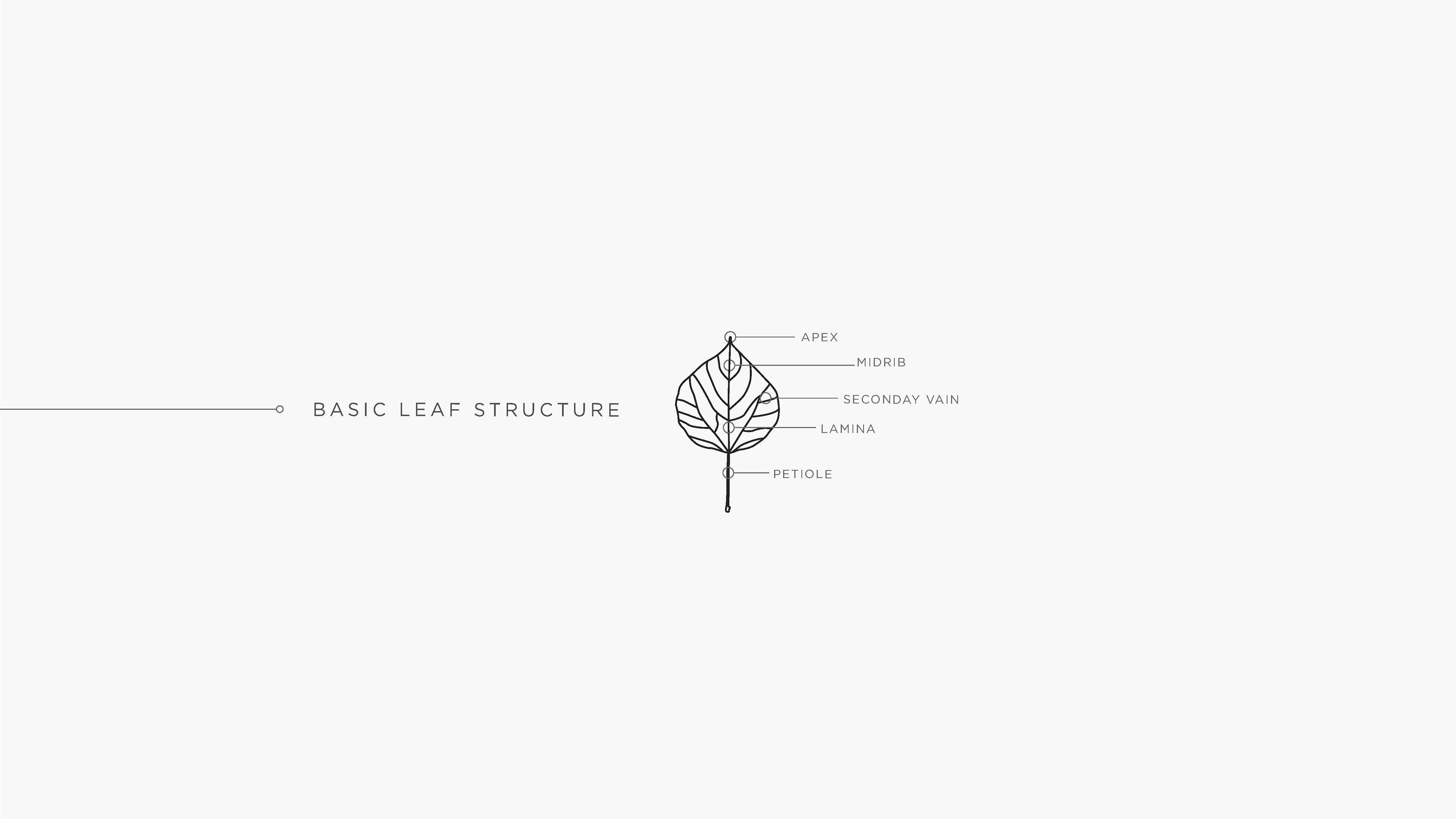

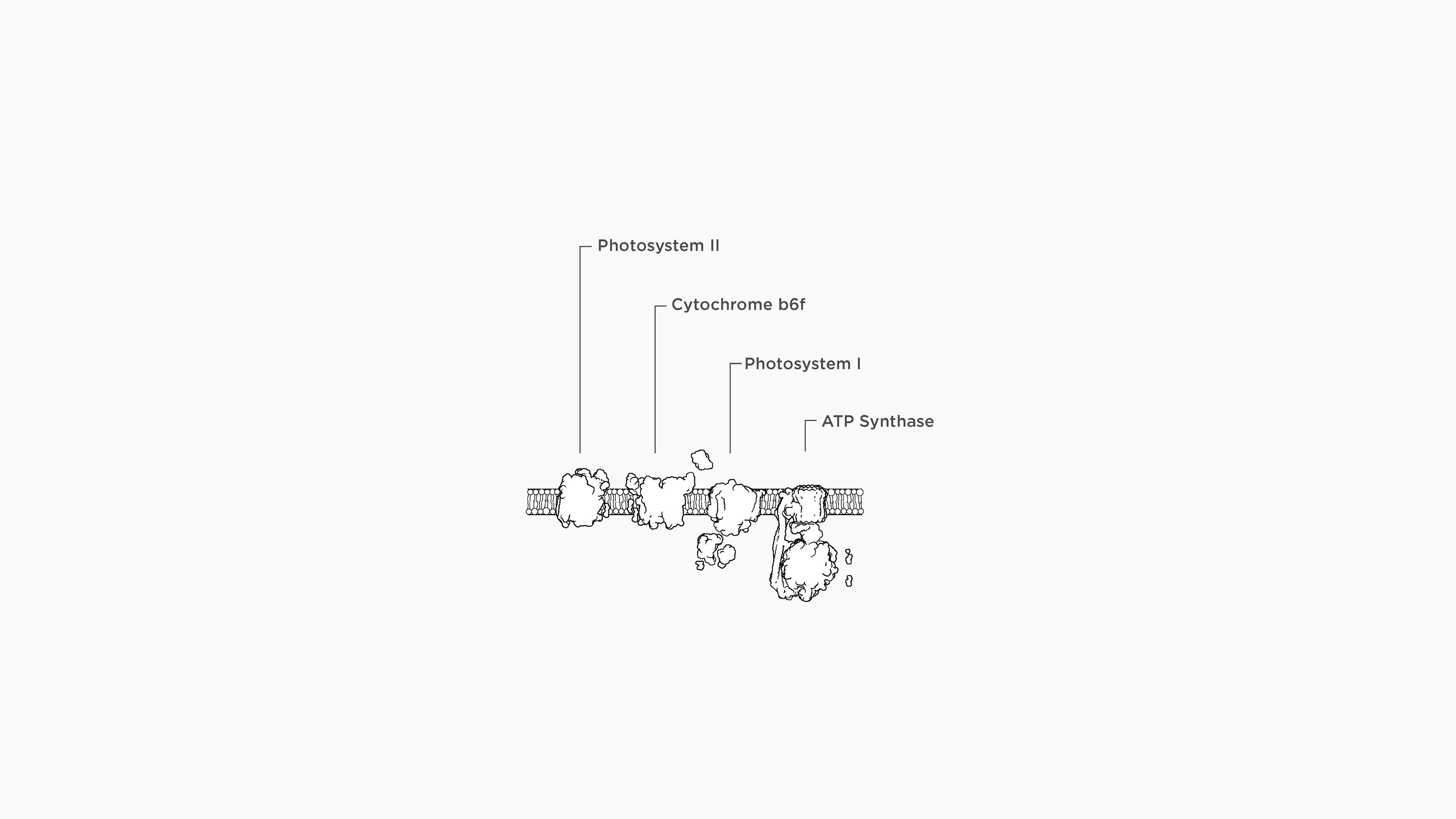
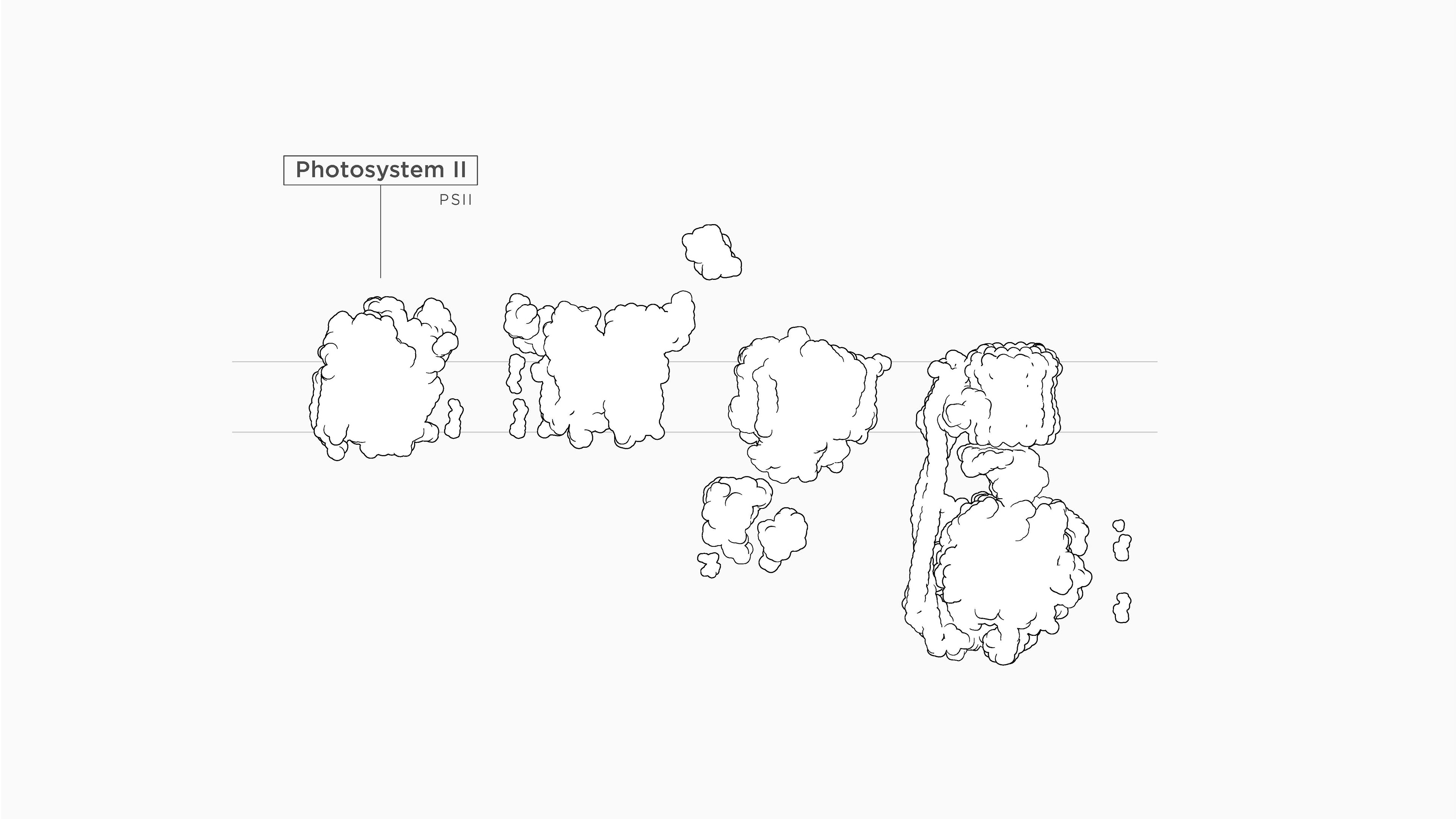
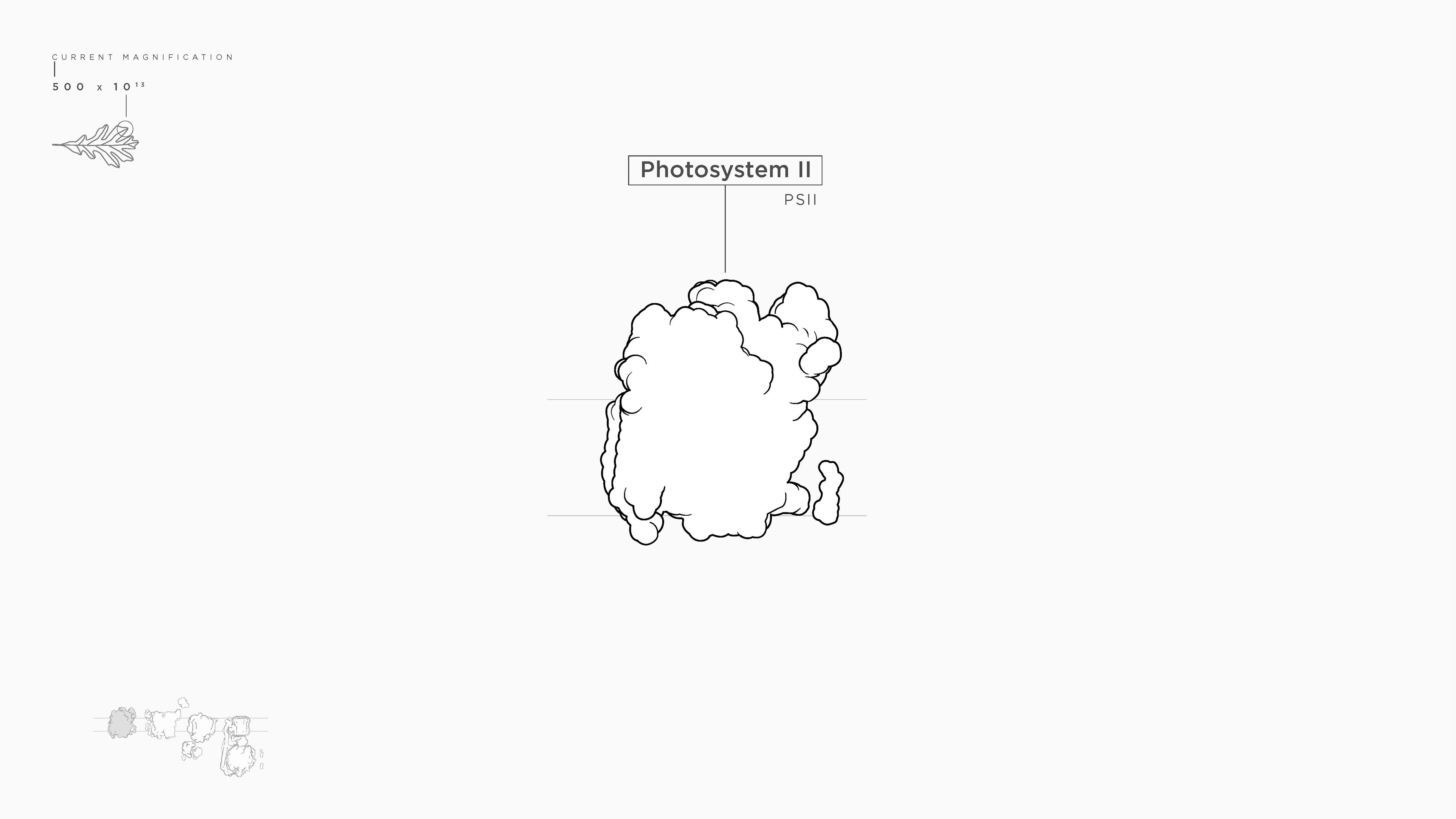
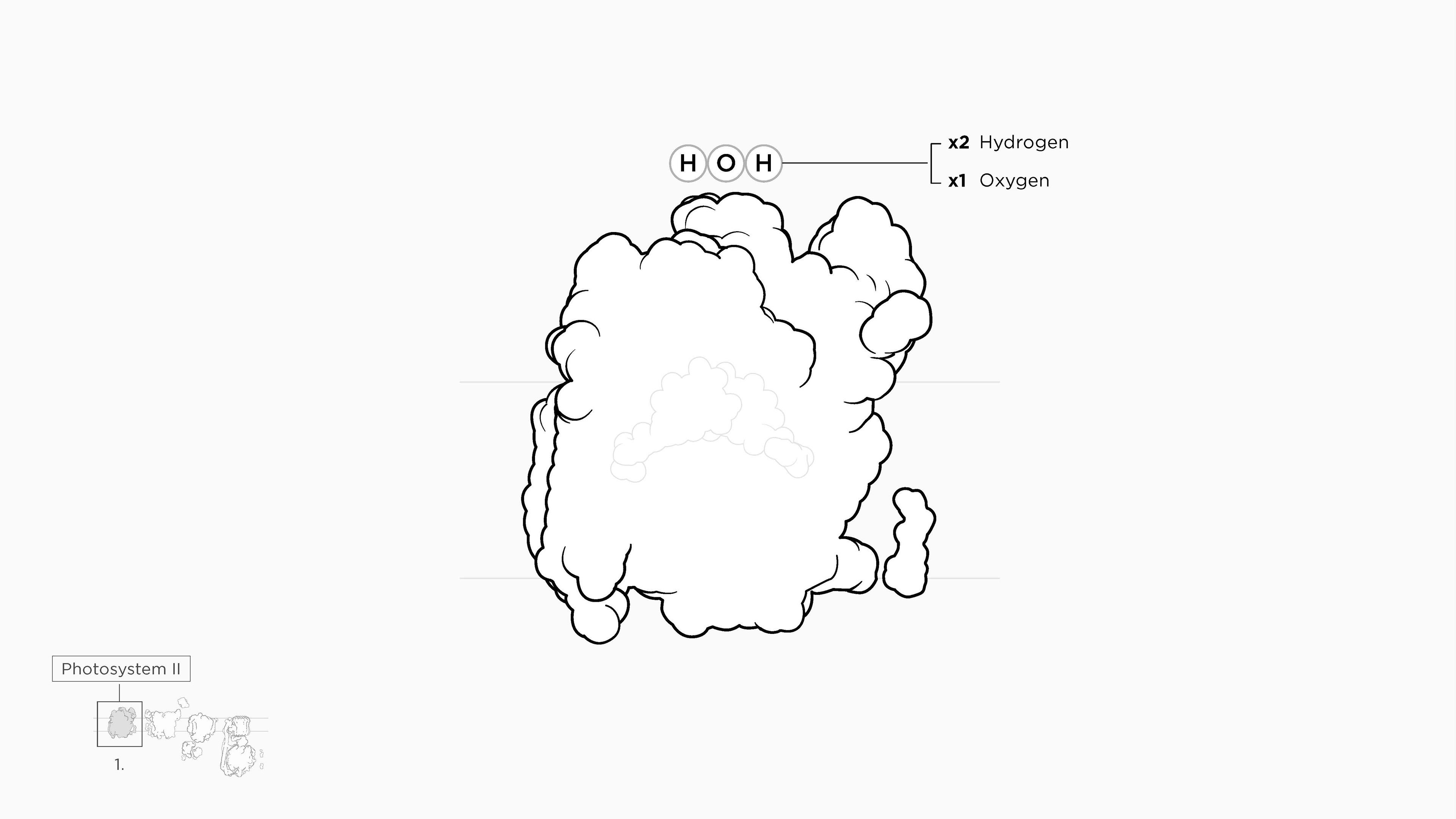
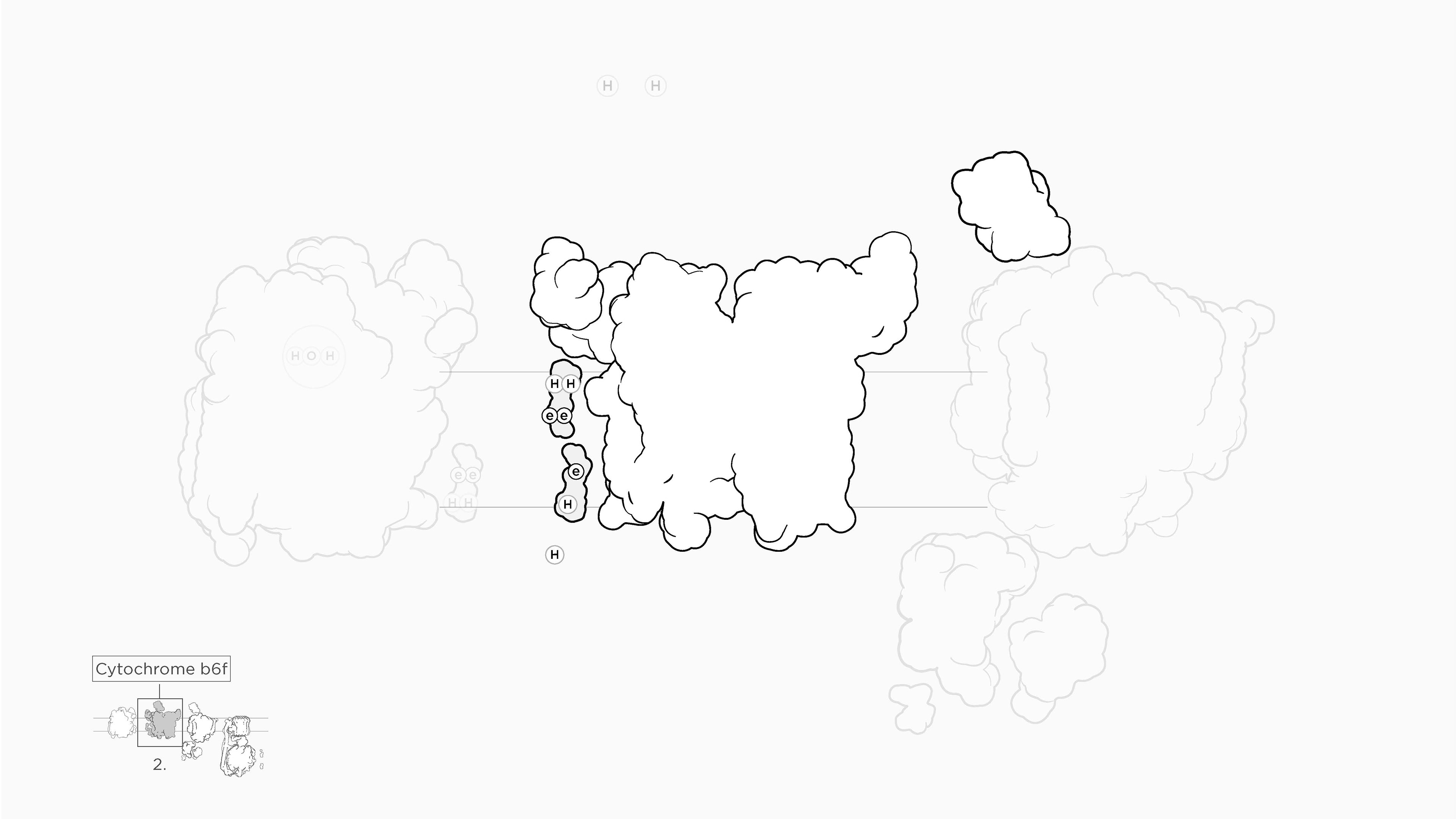
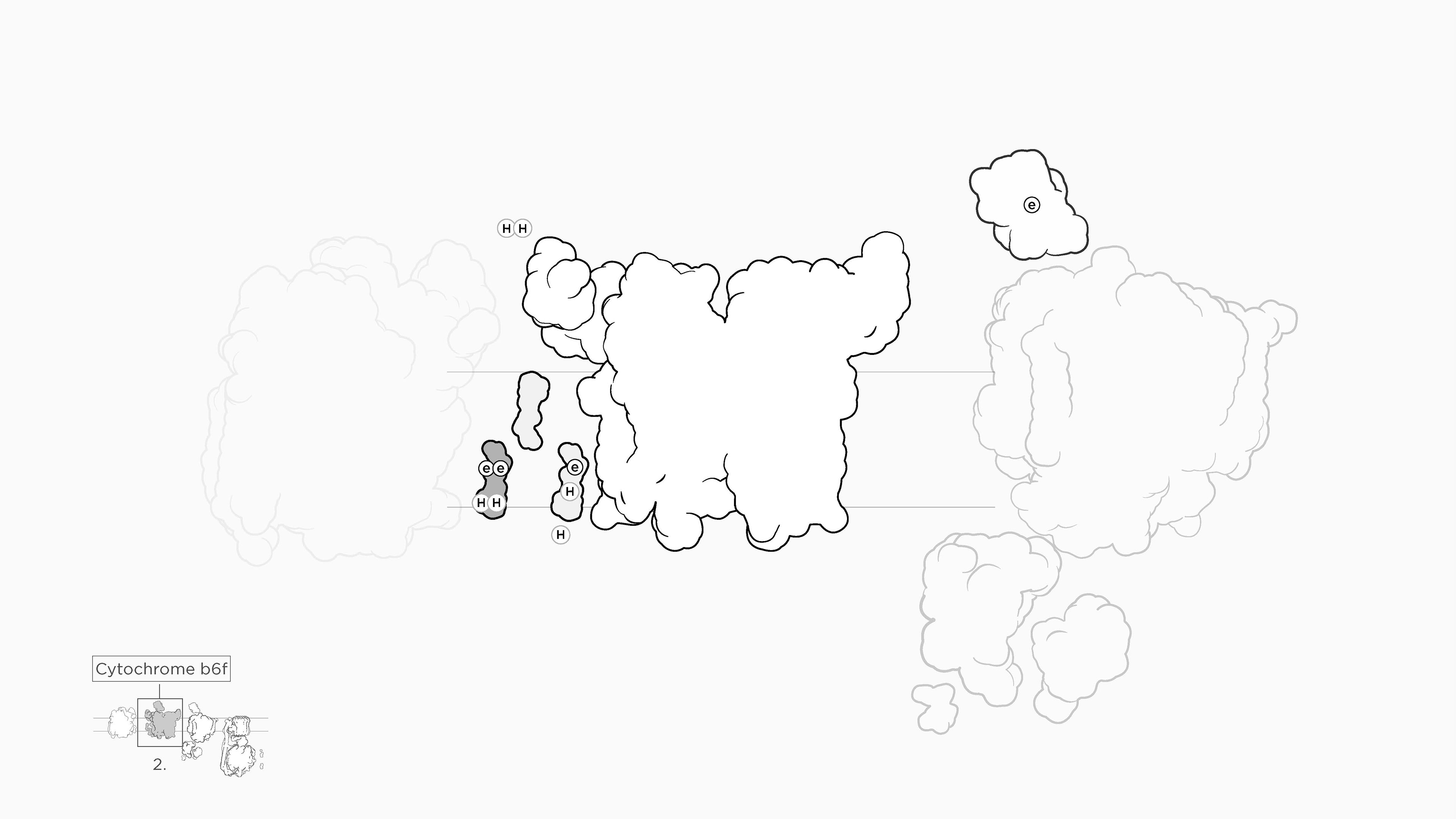
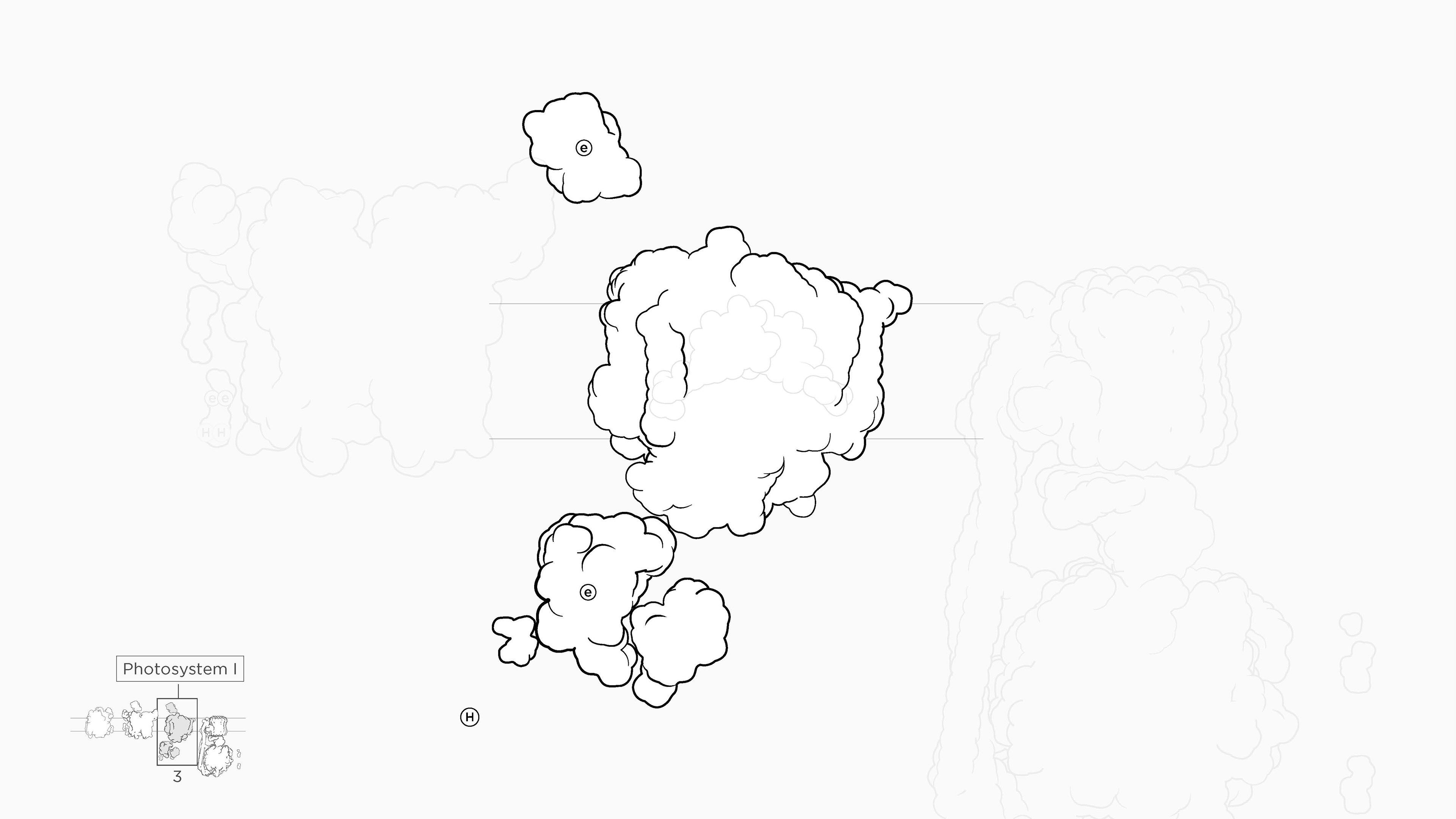
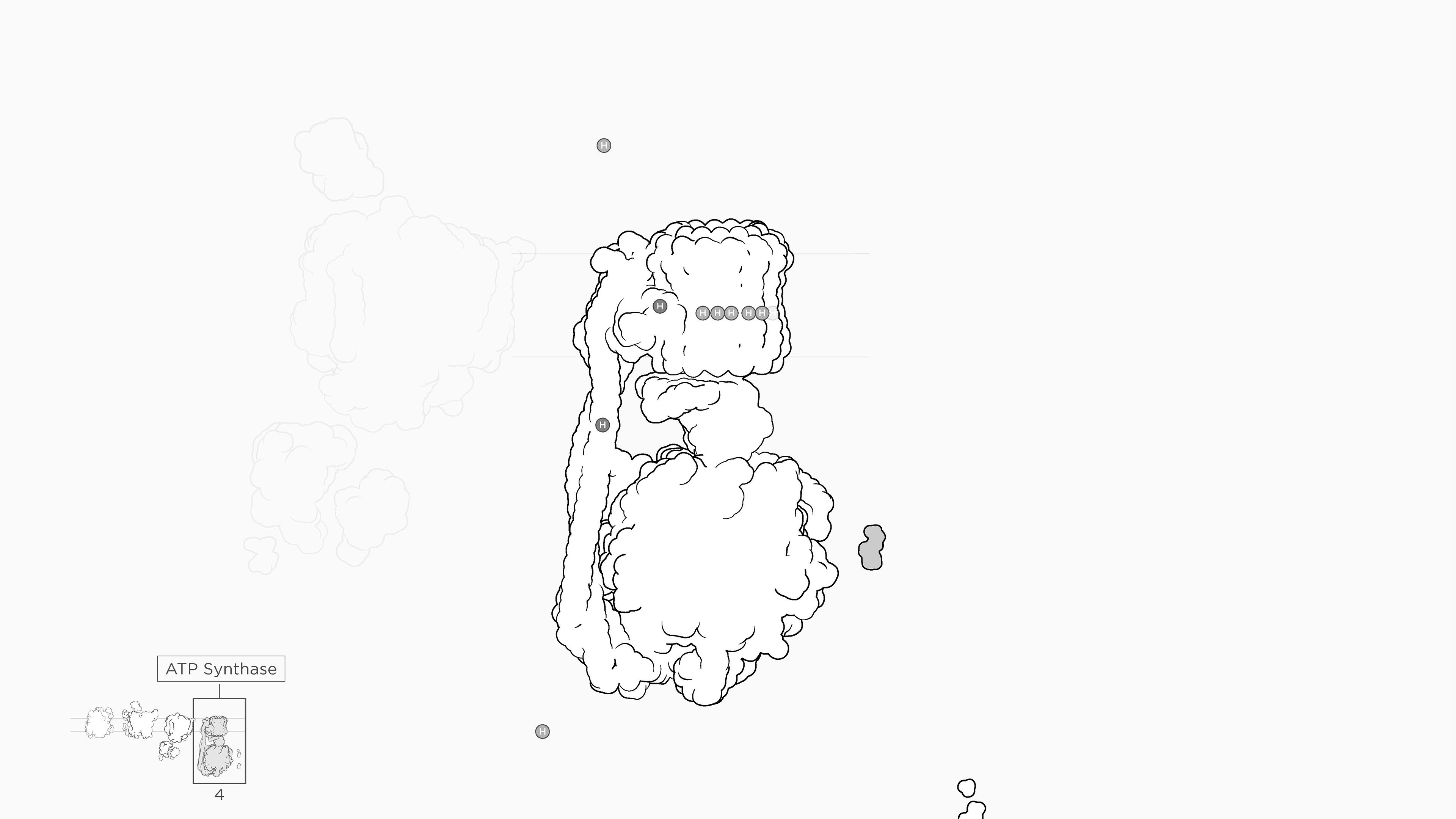
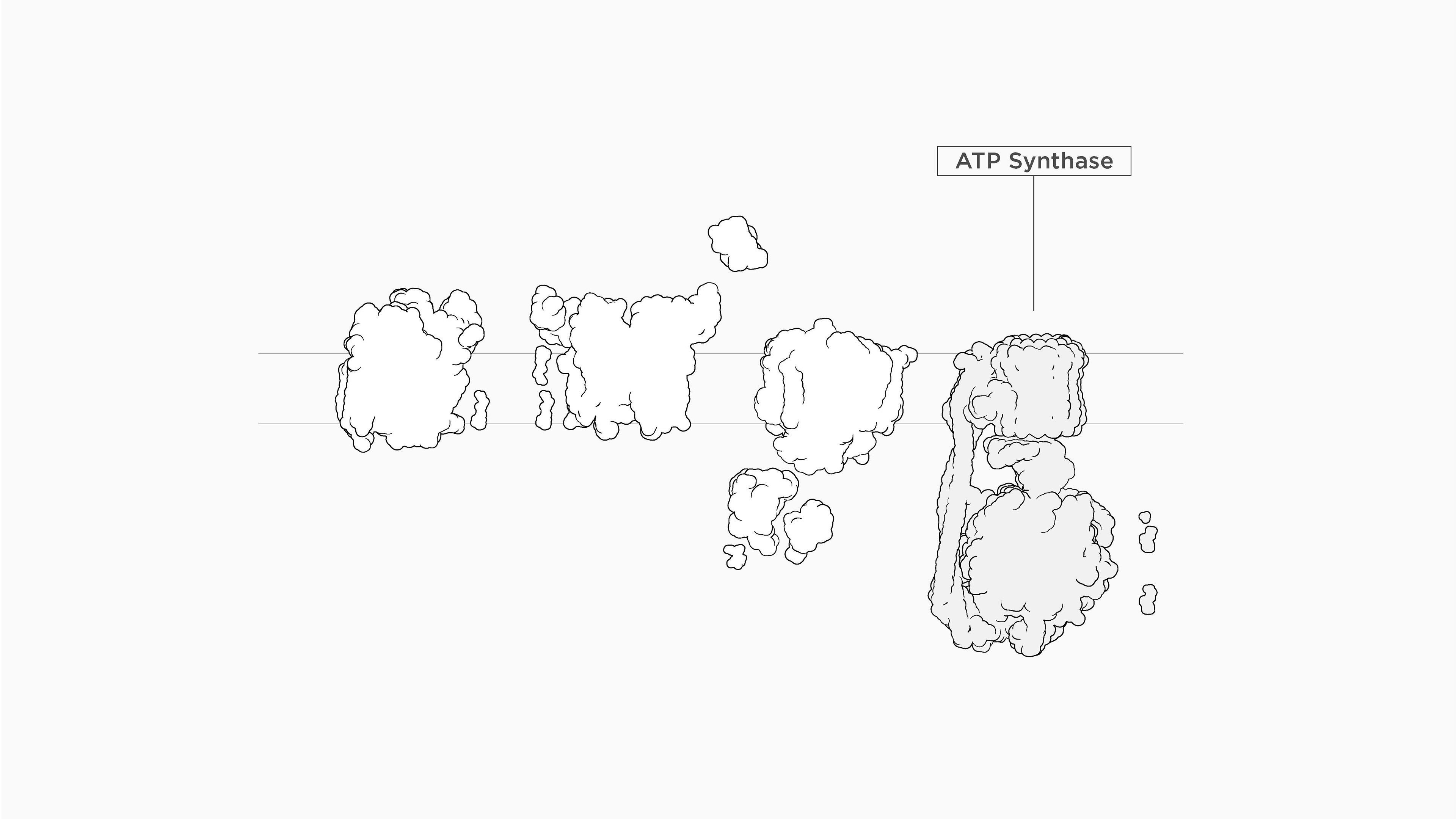
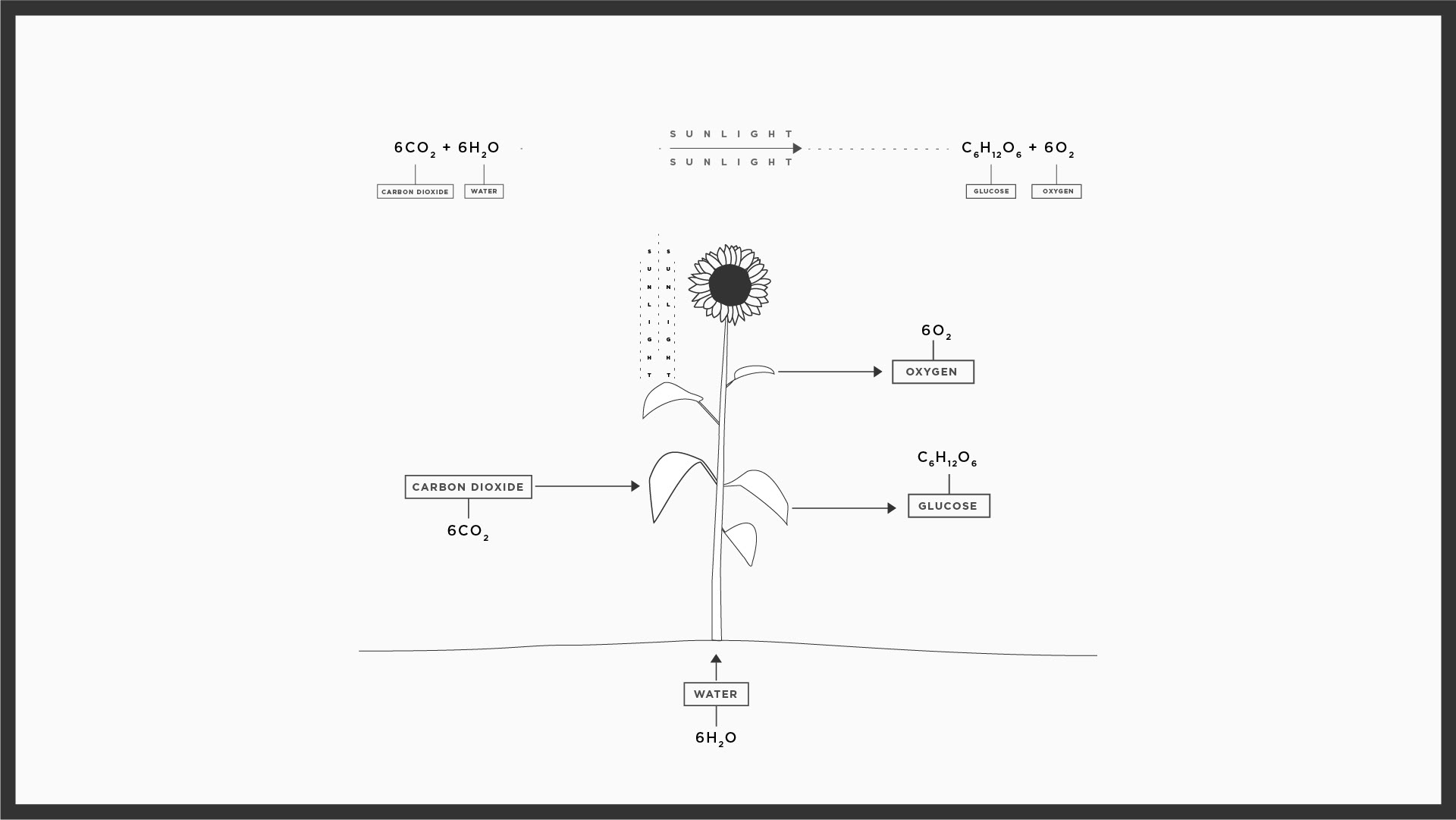
Original title explorations
